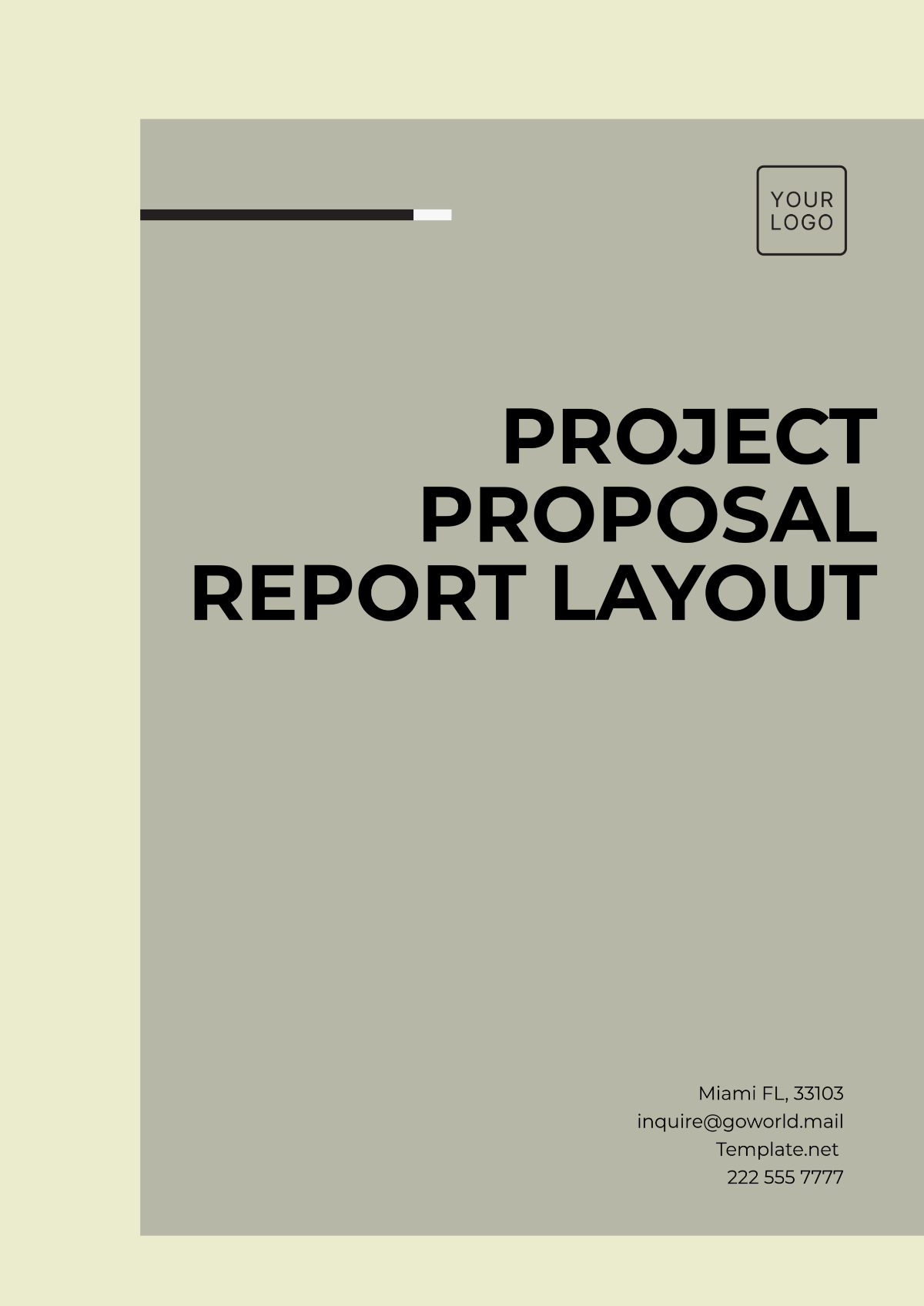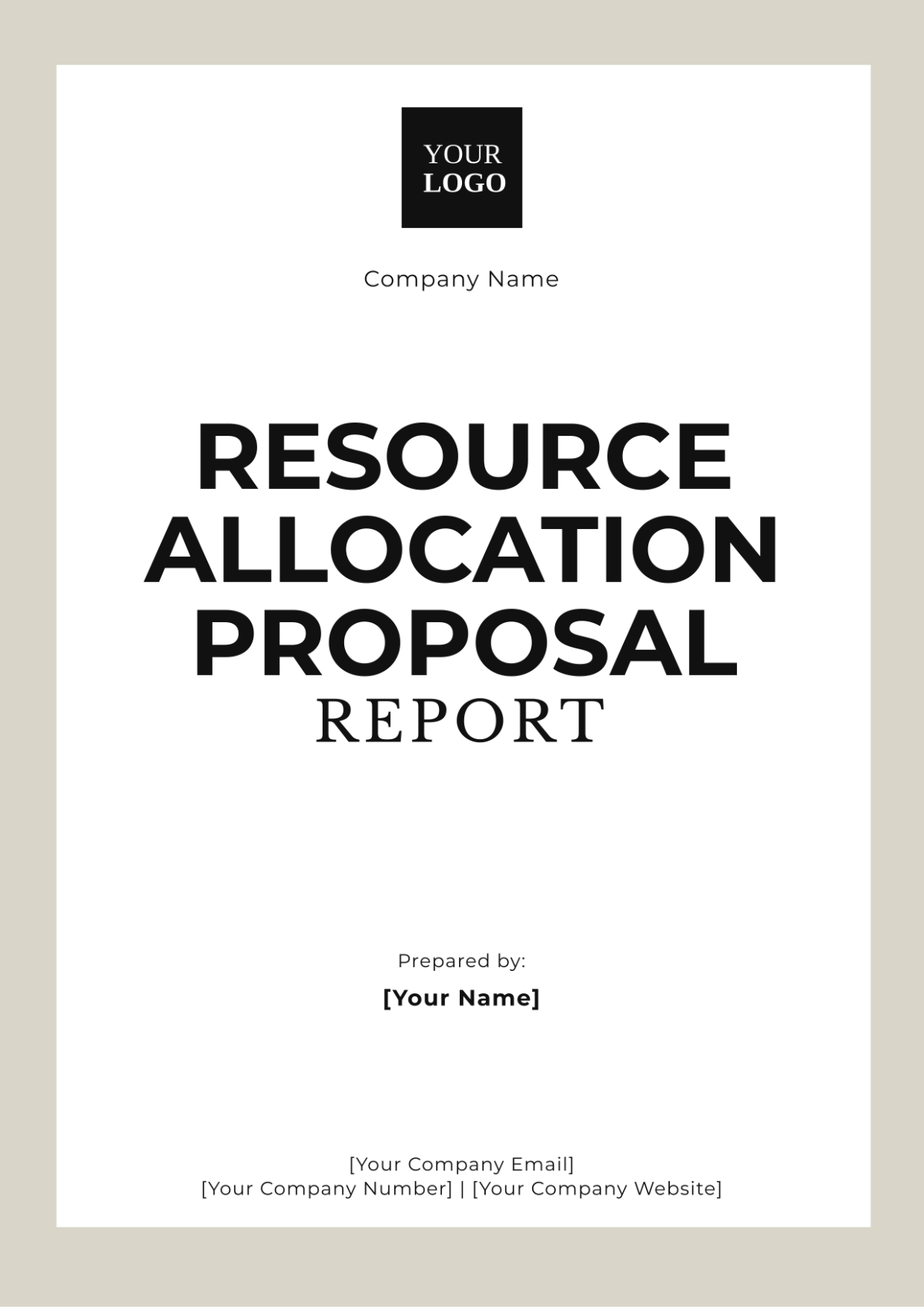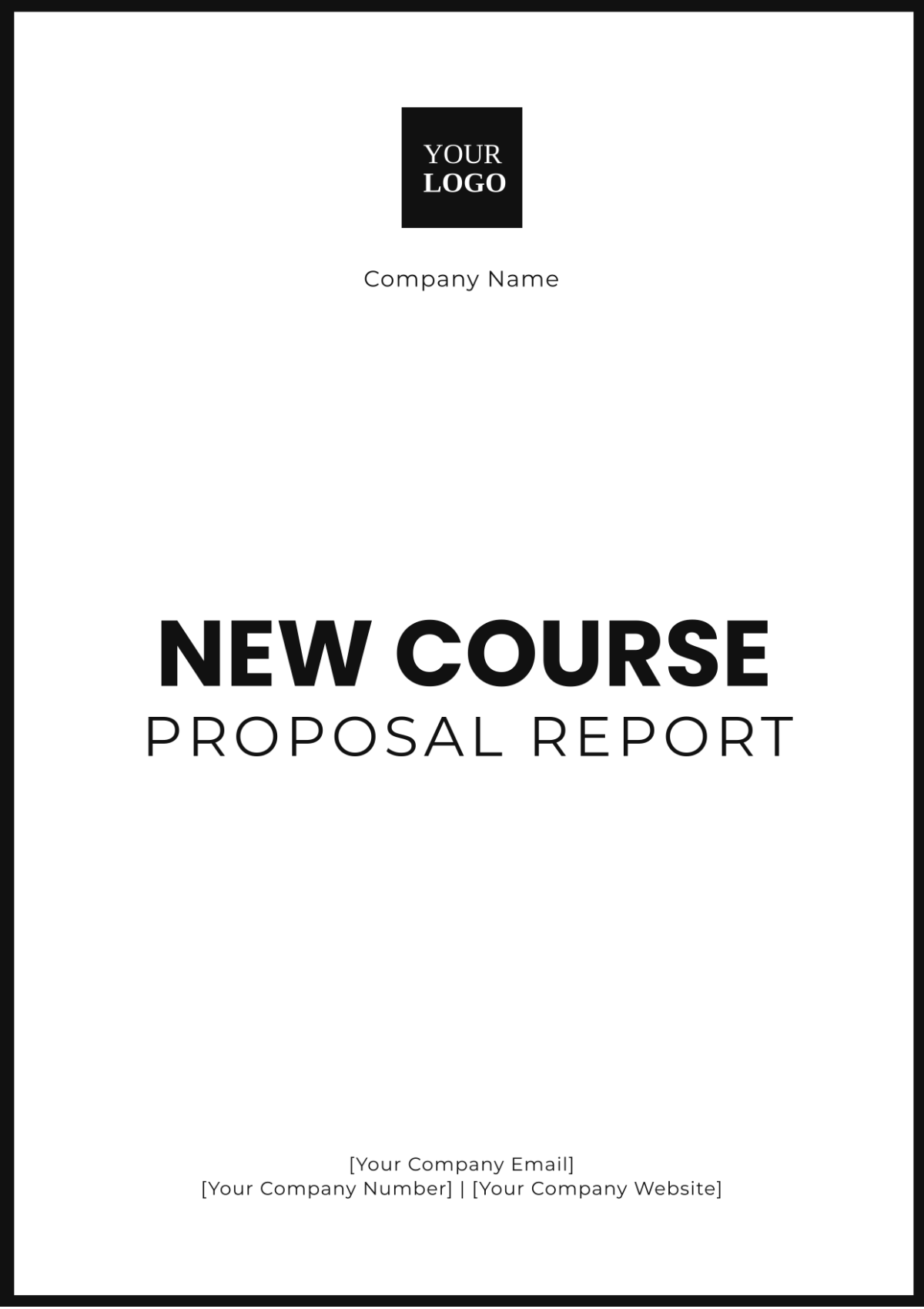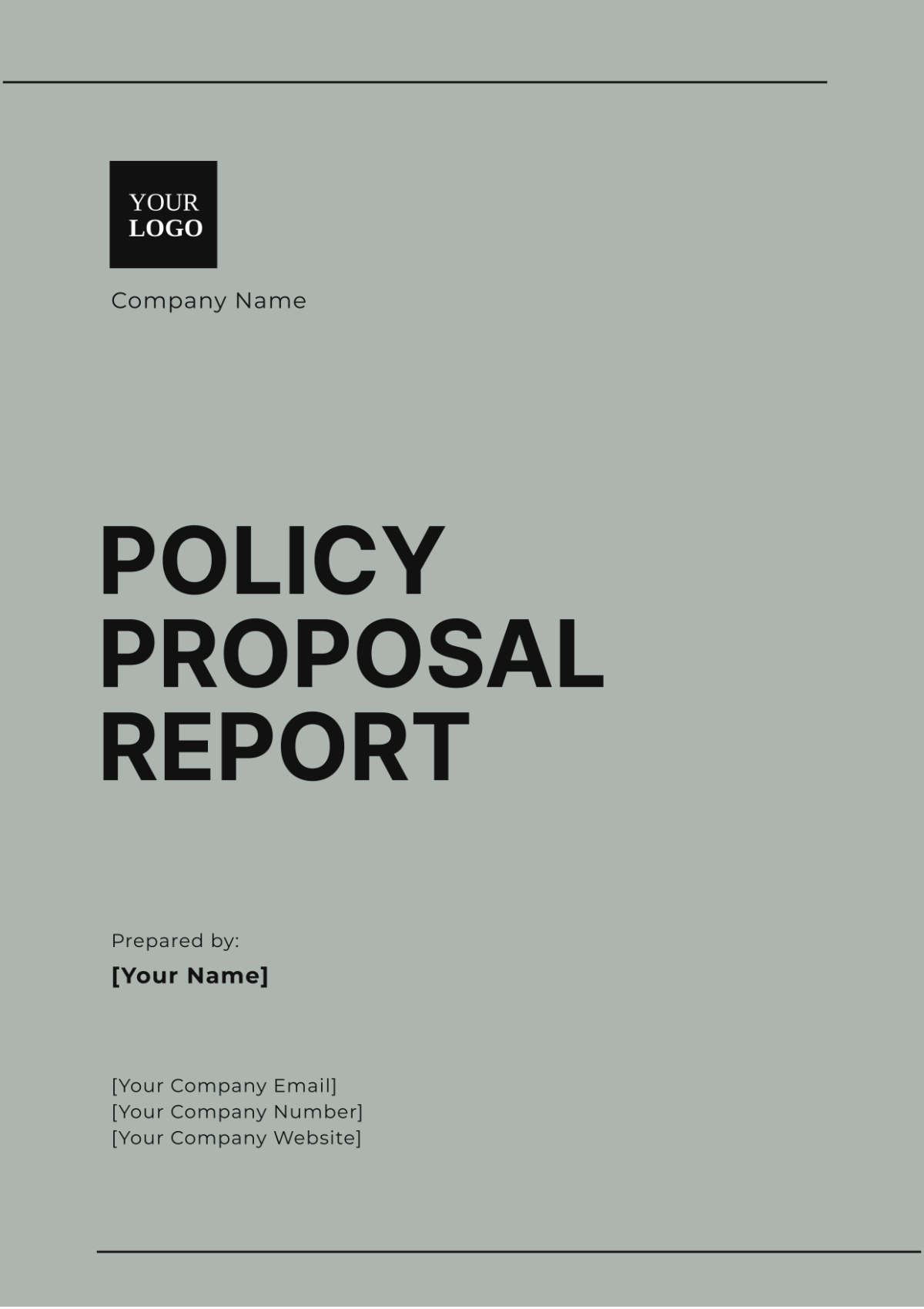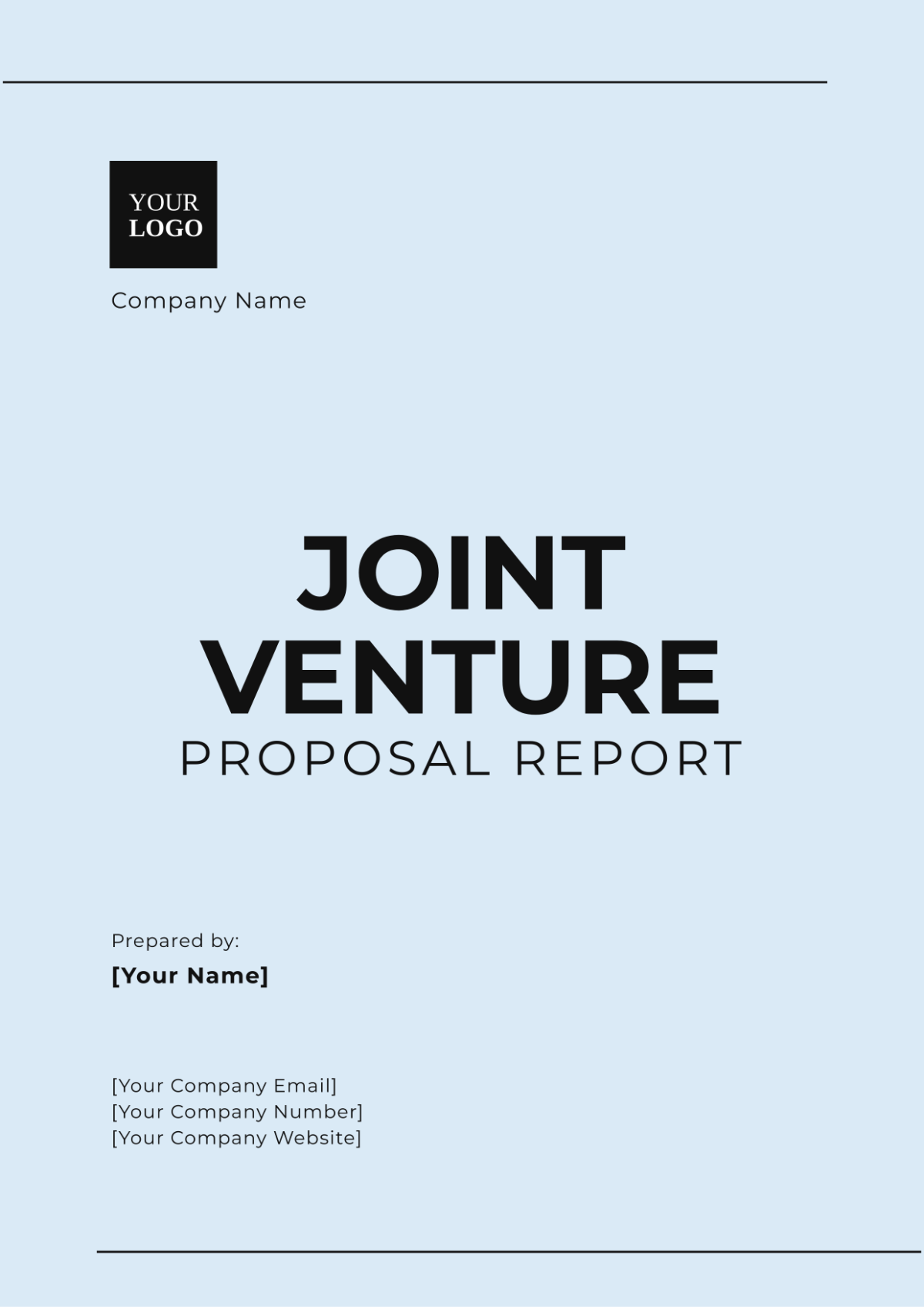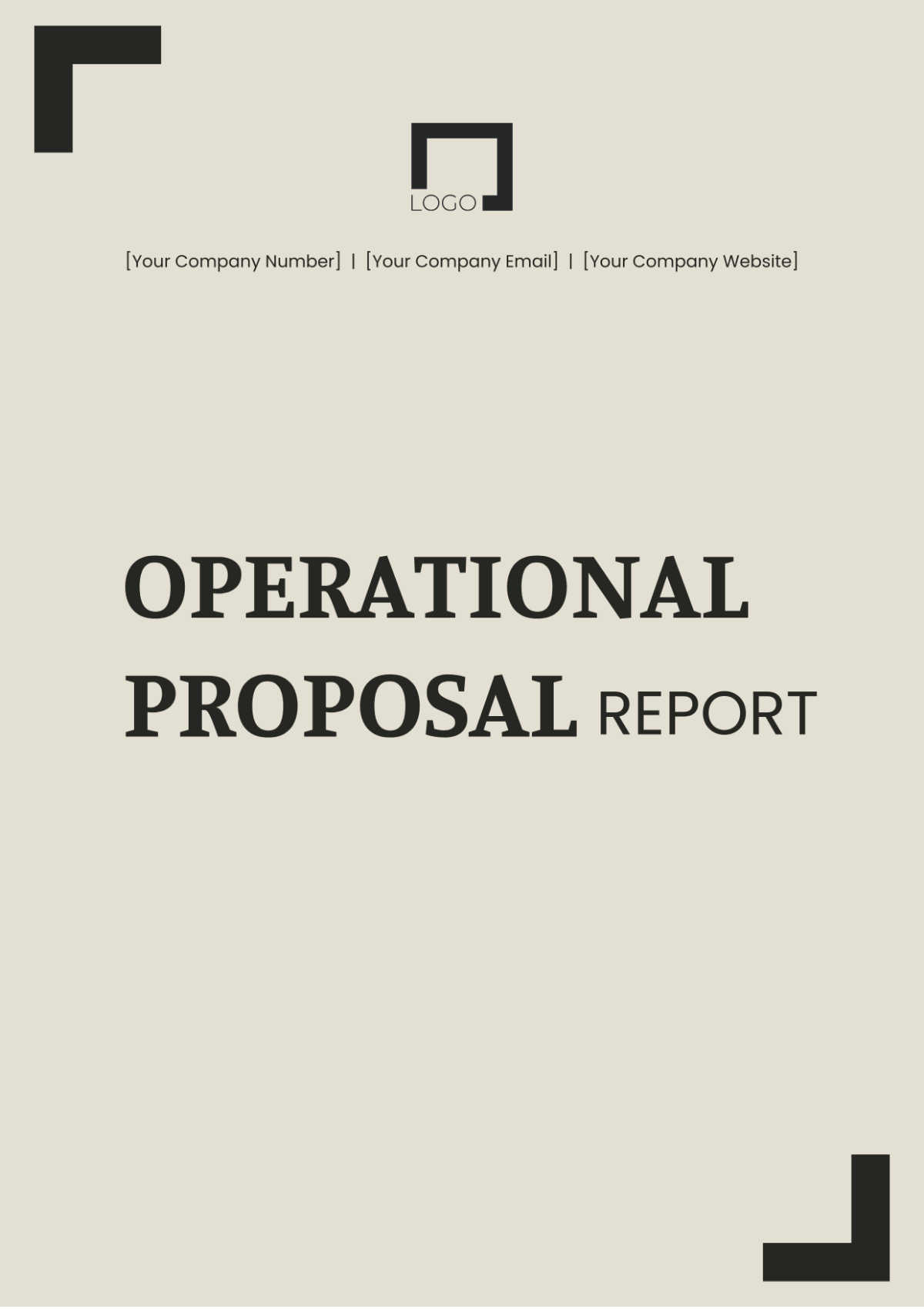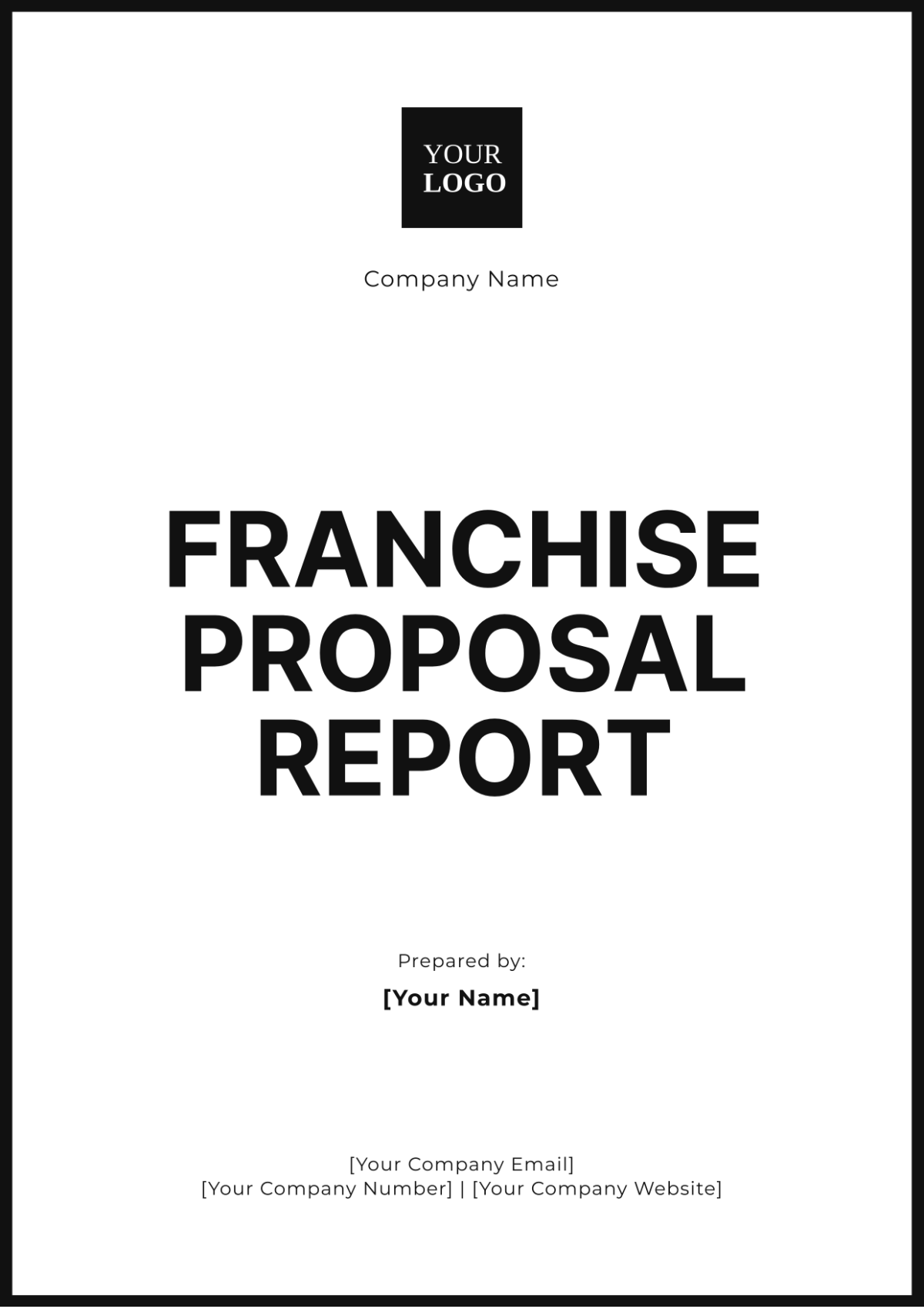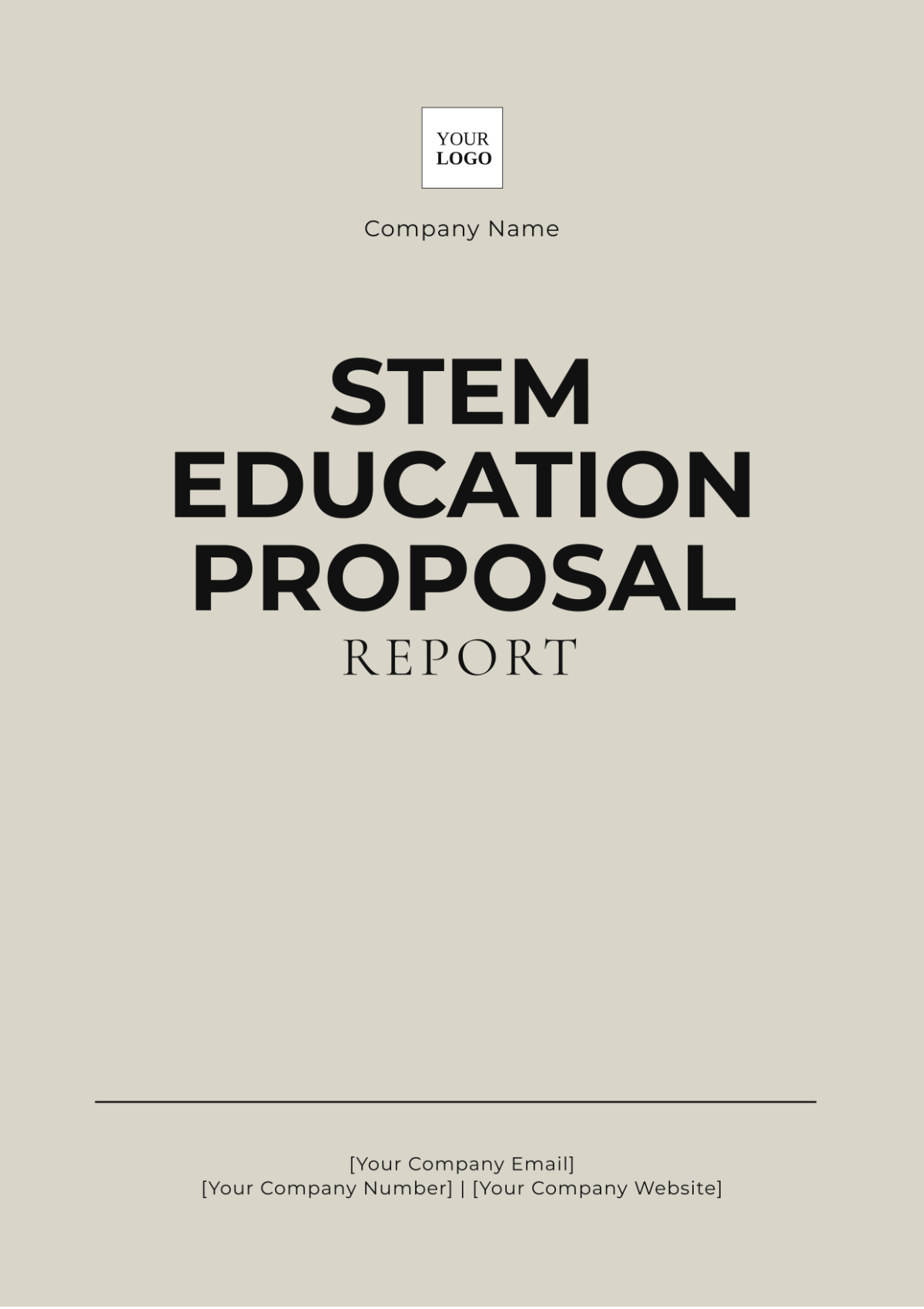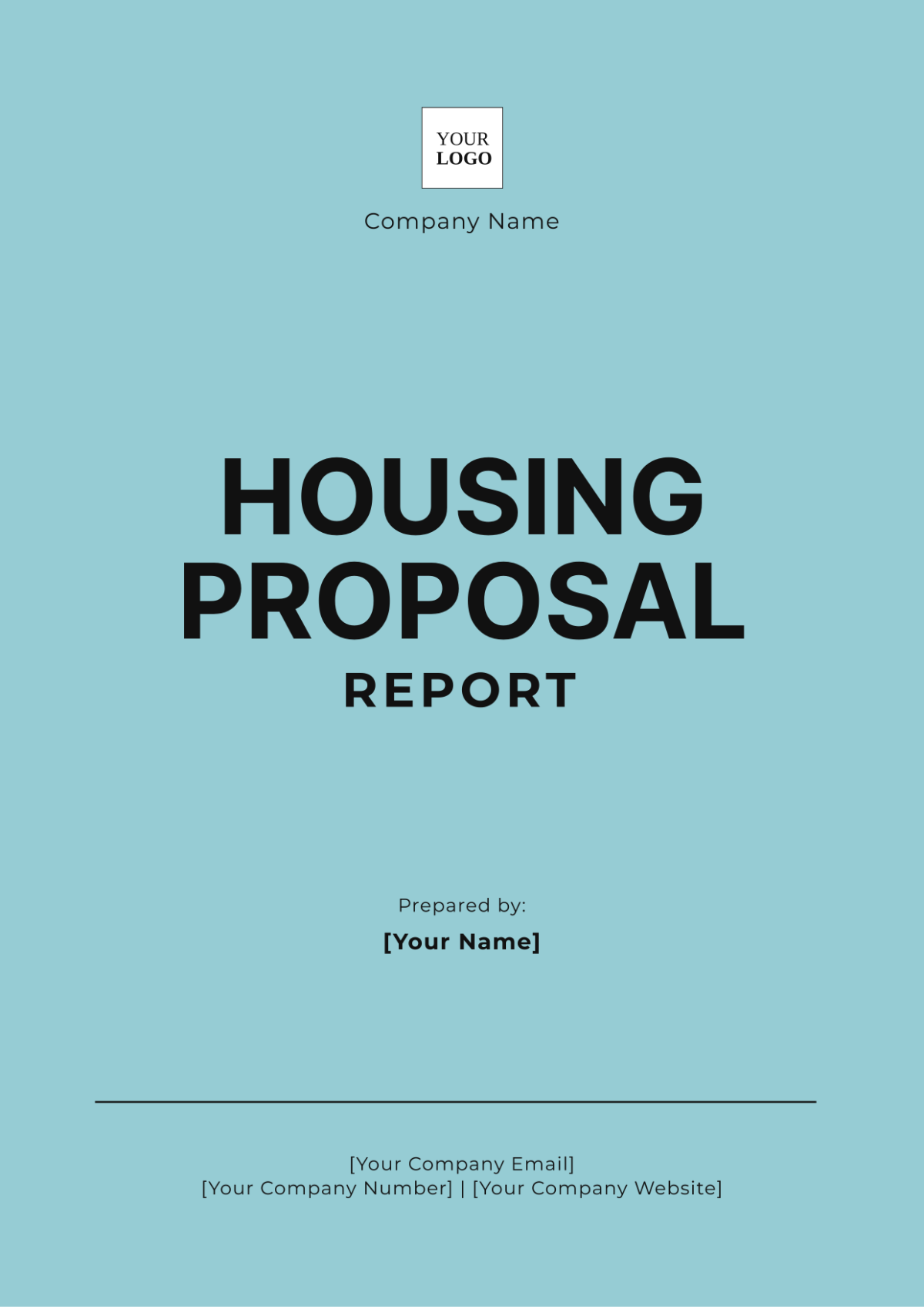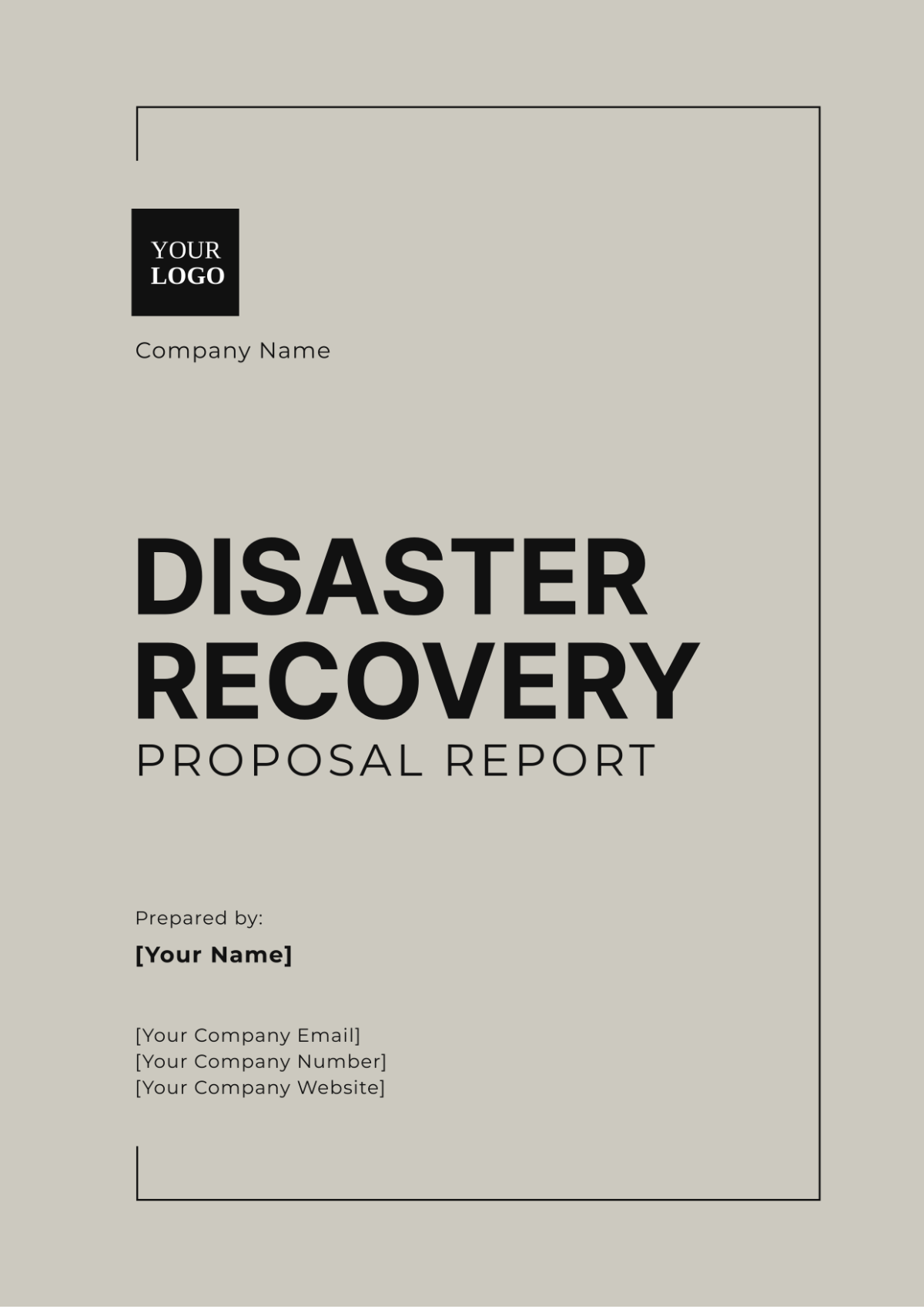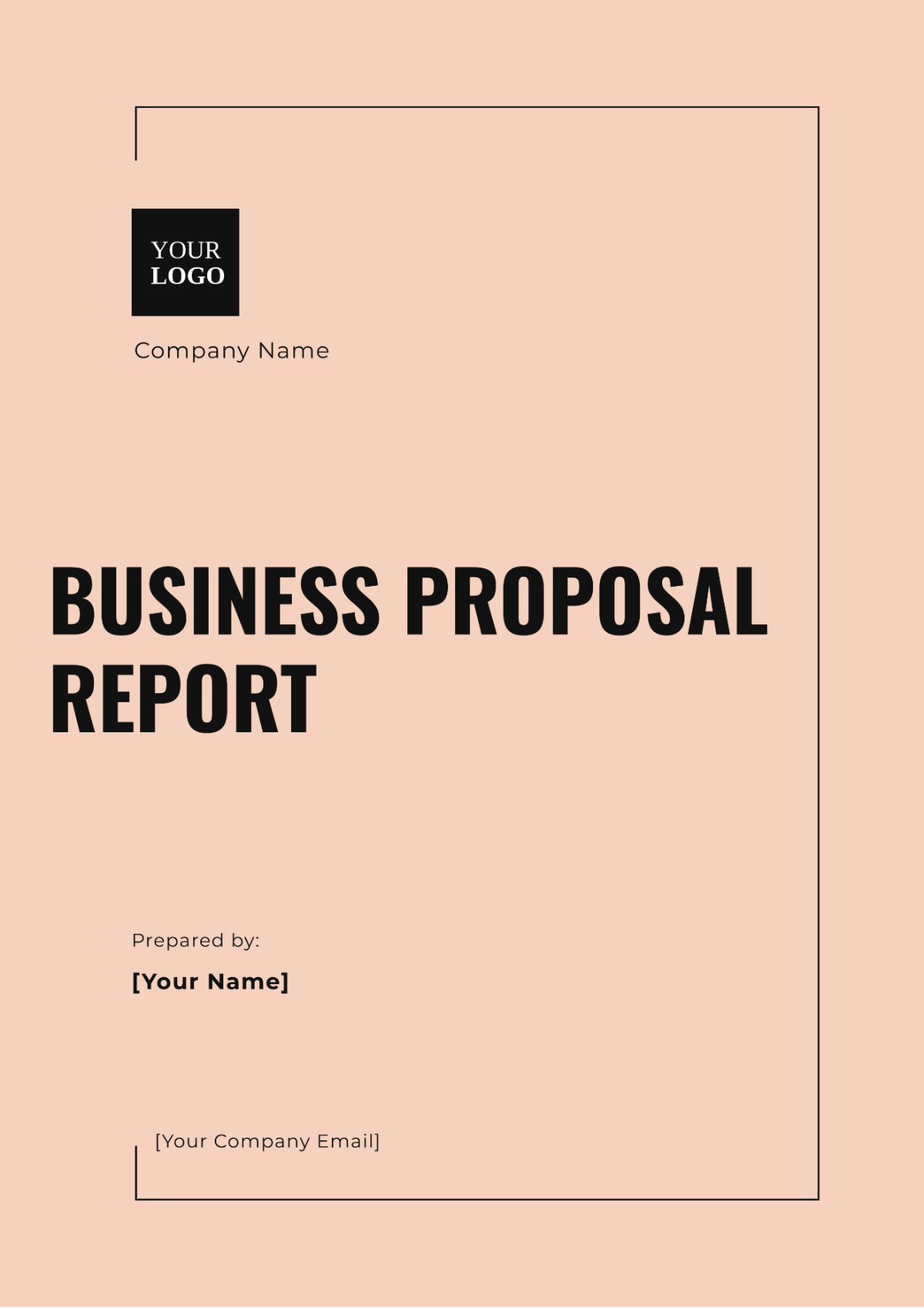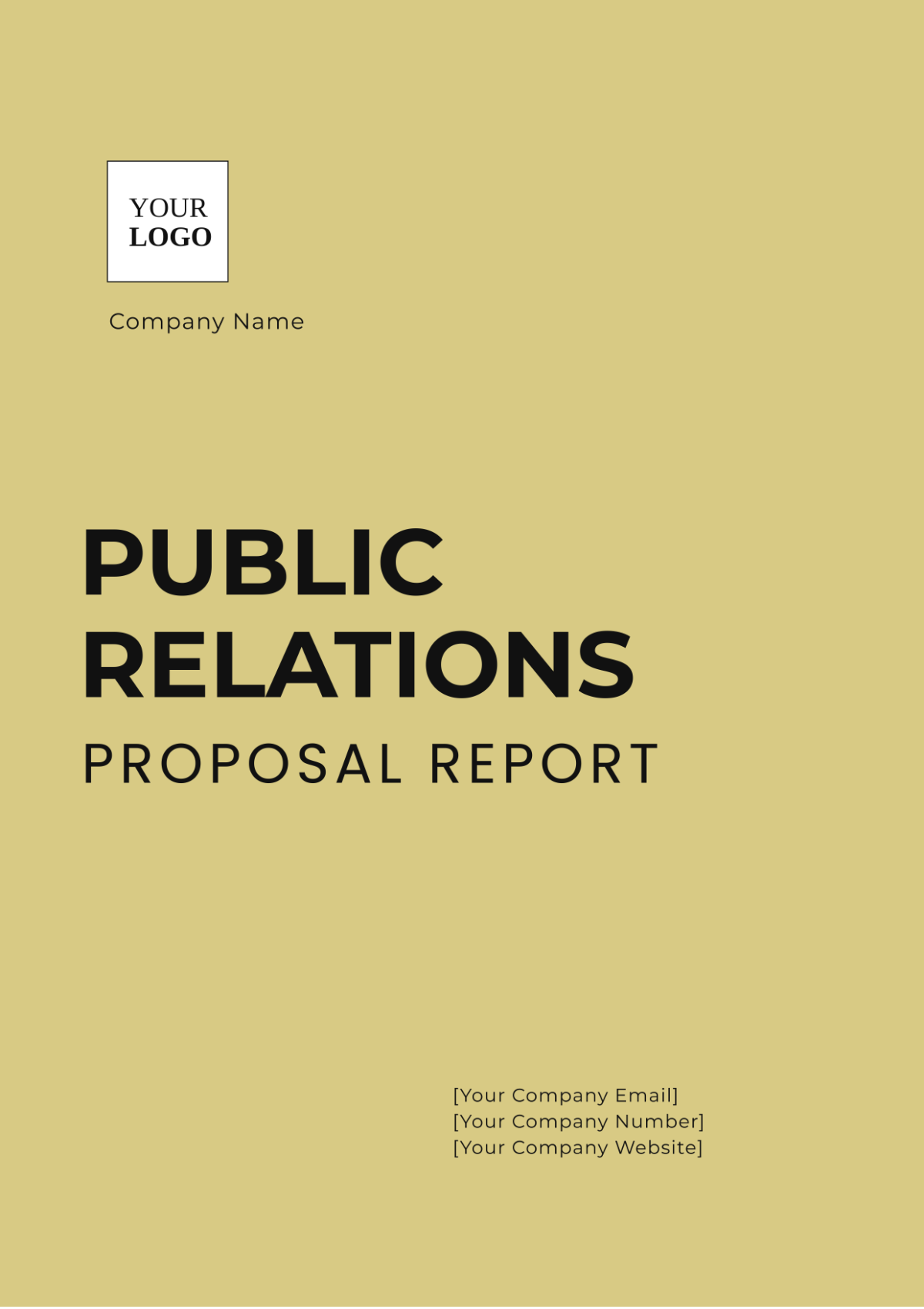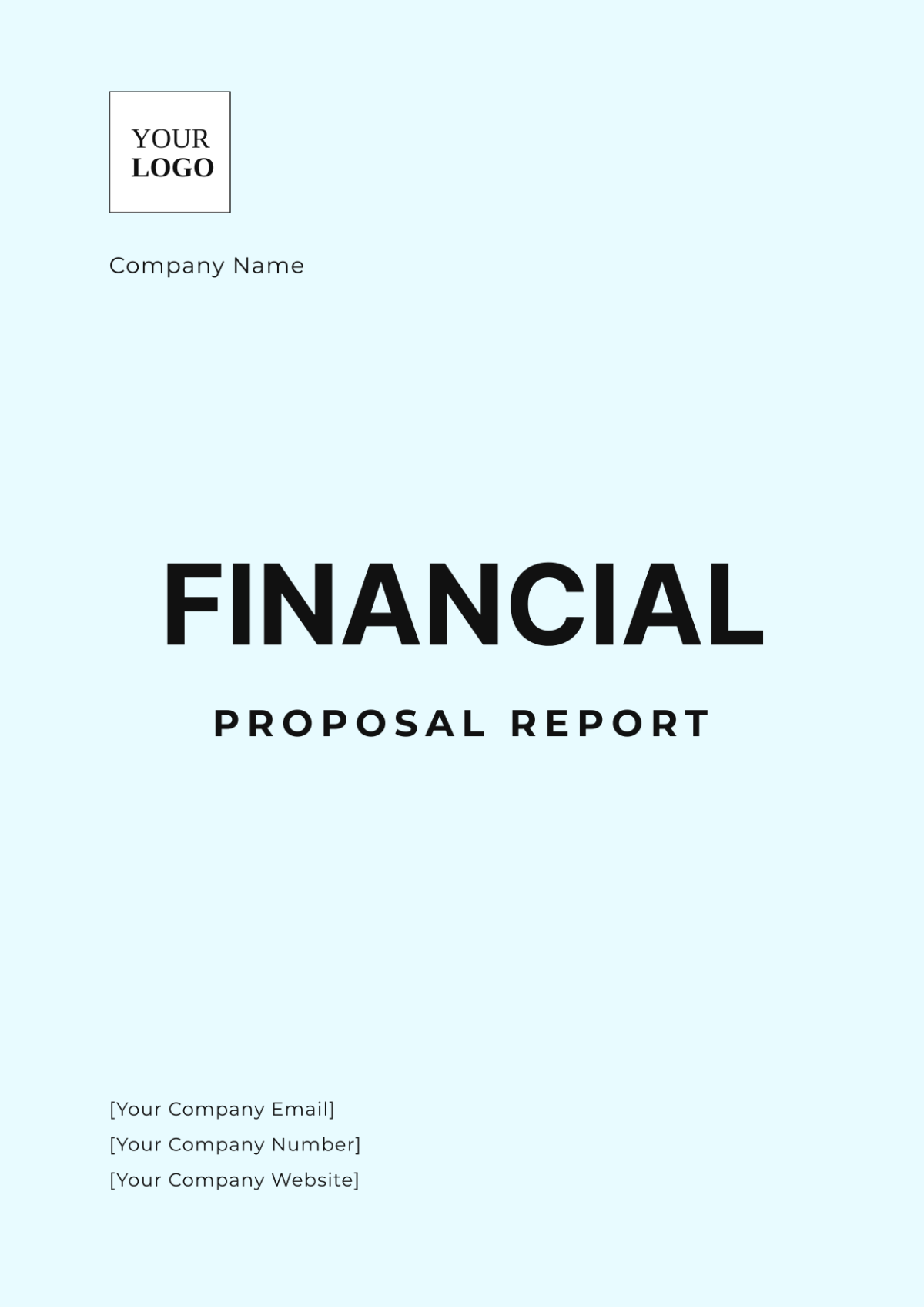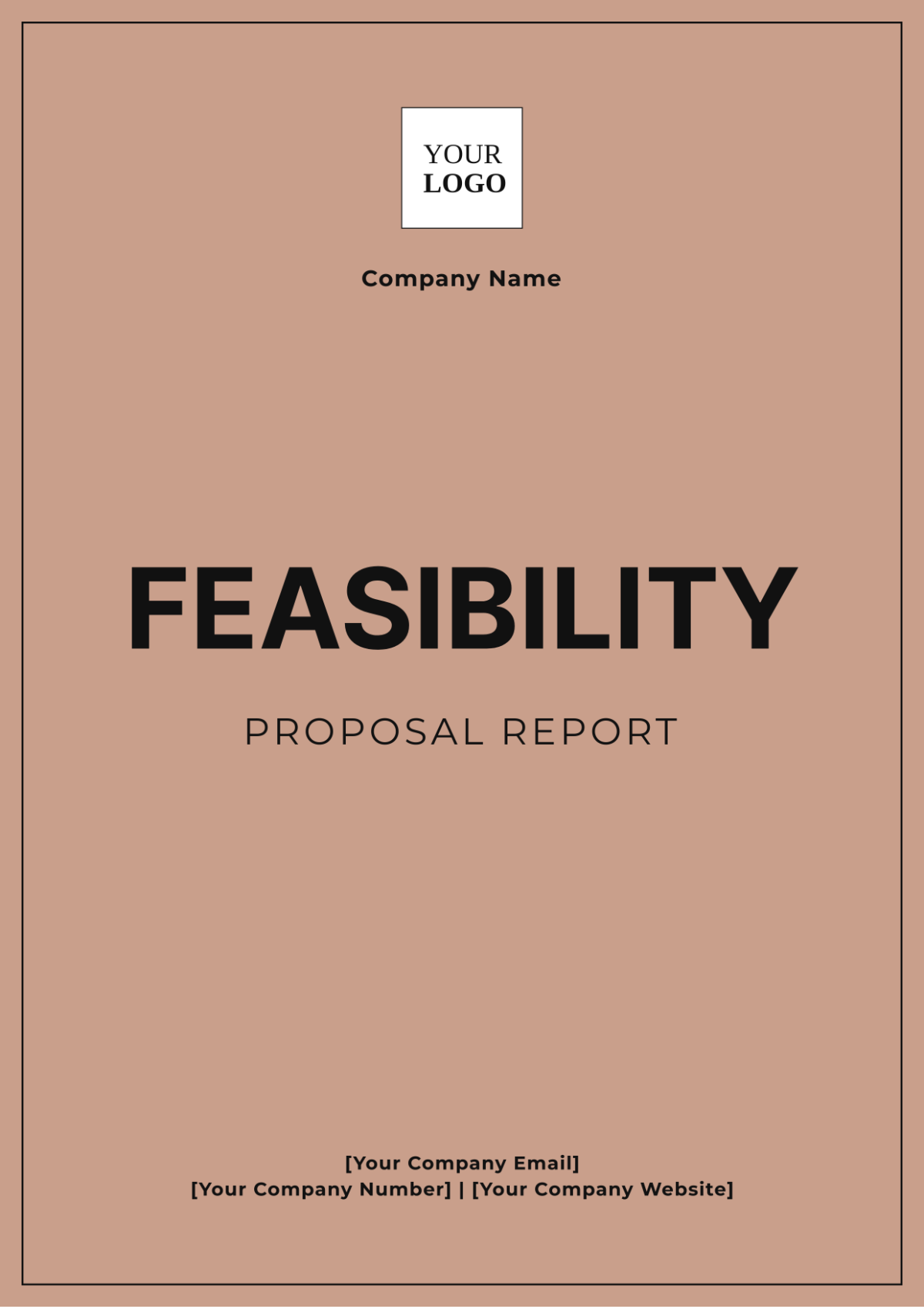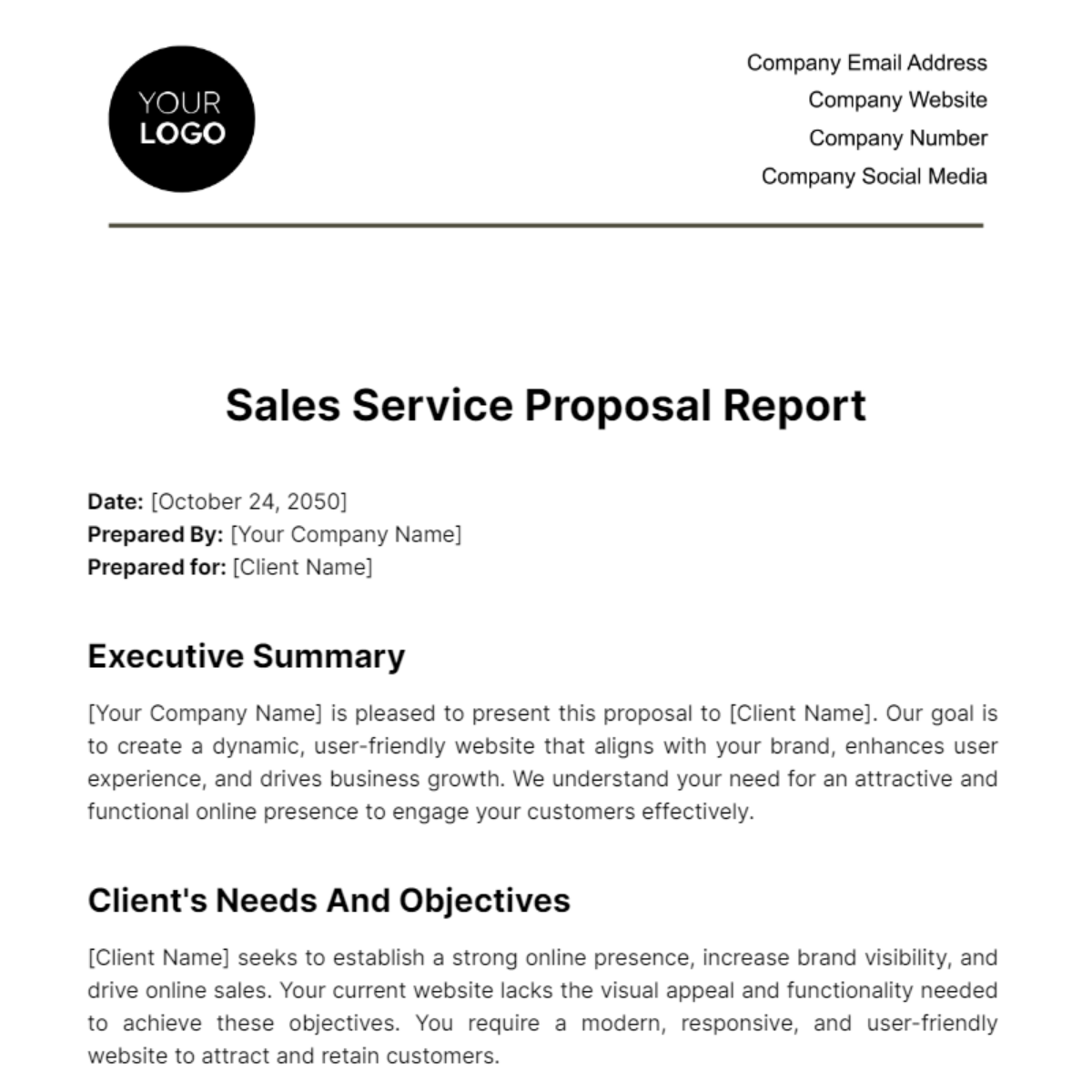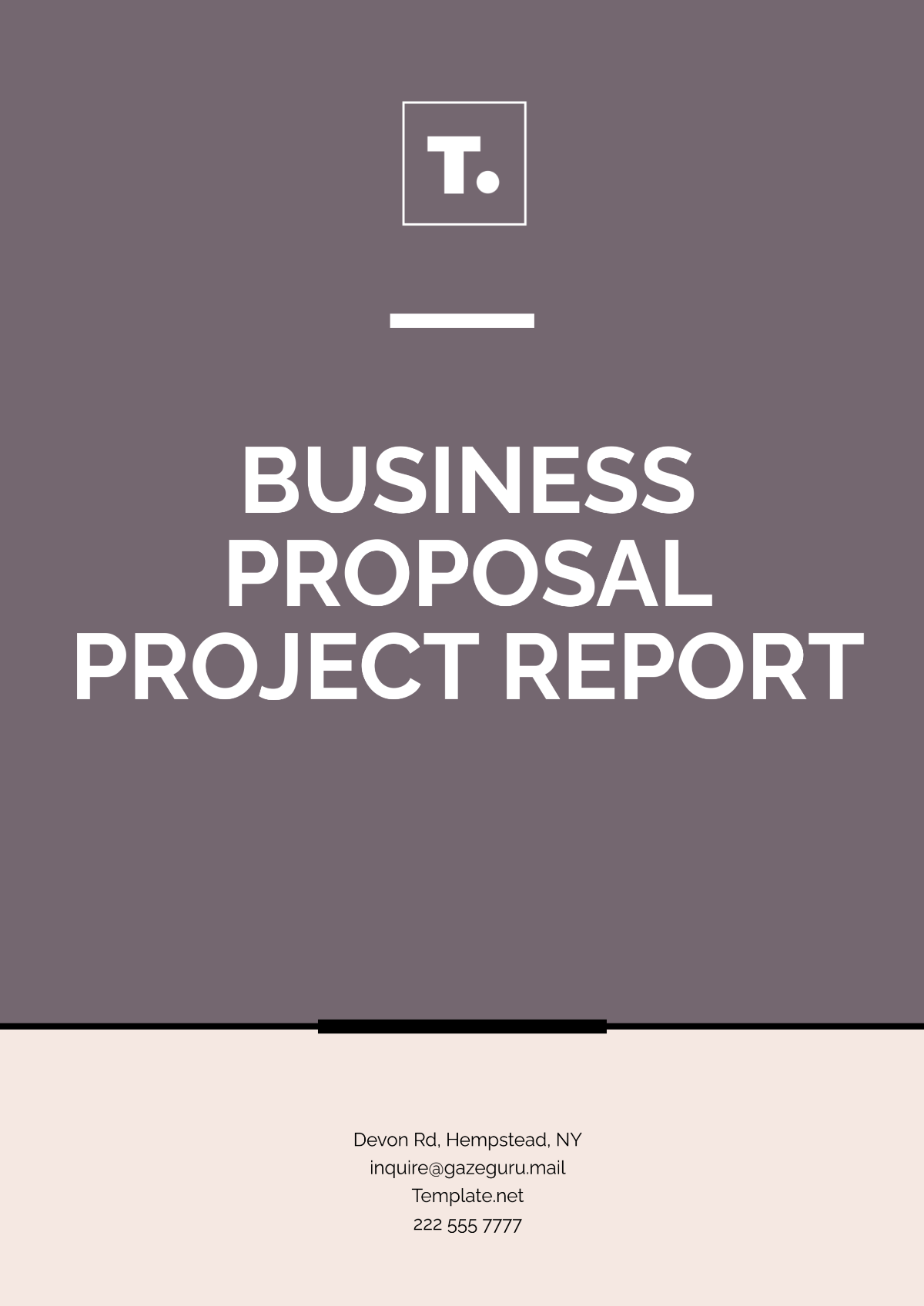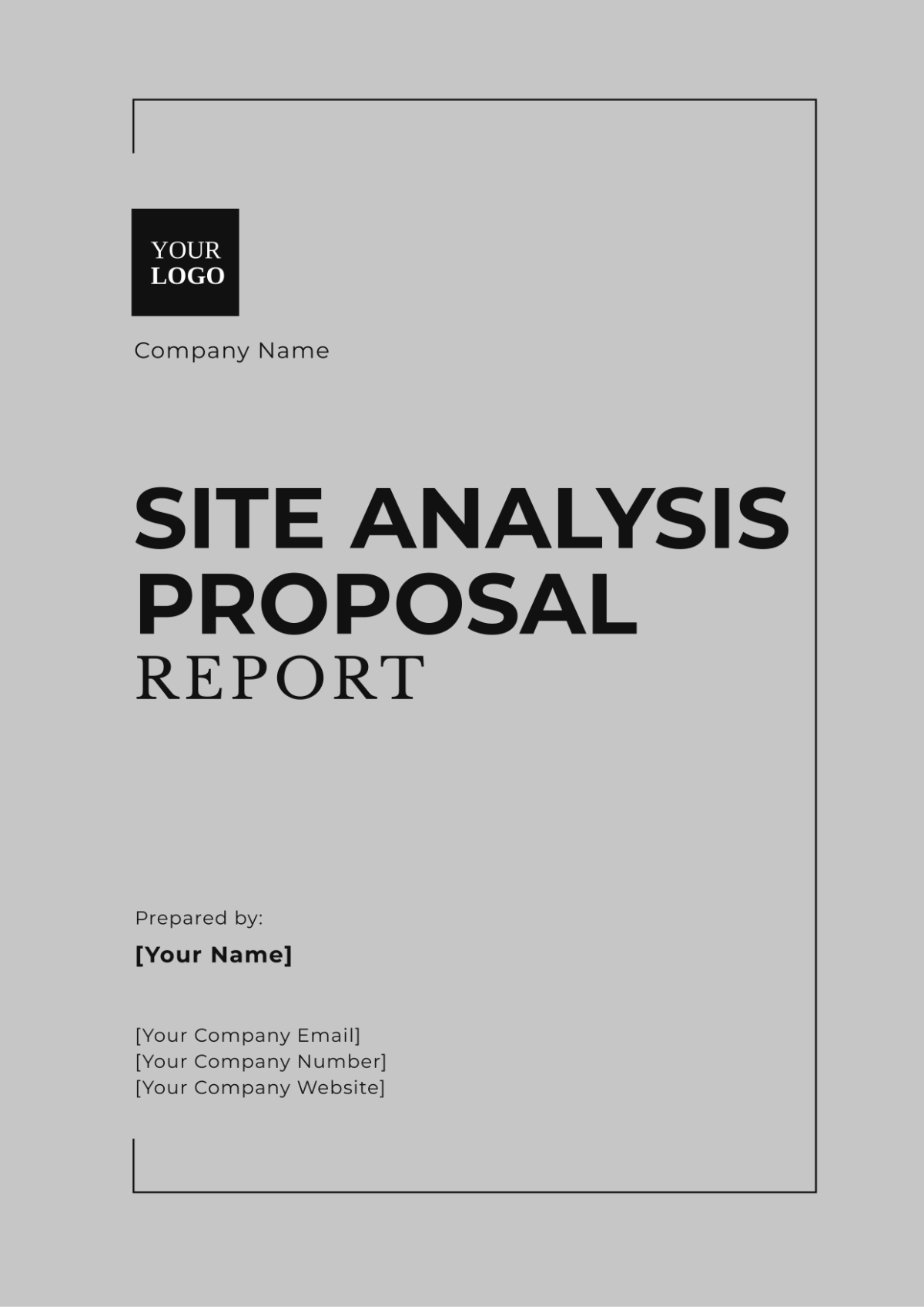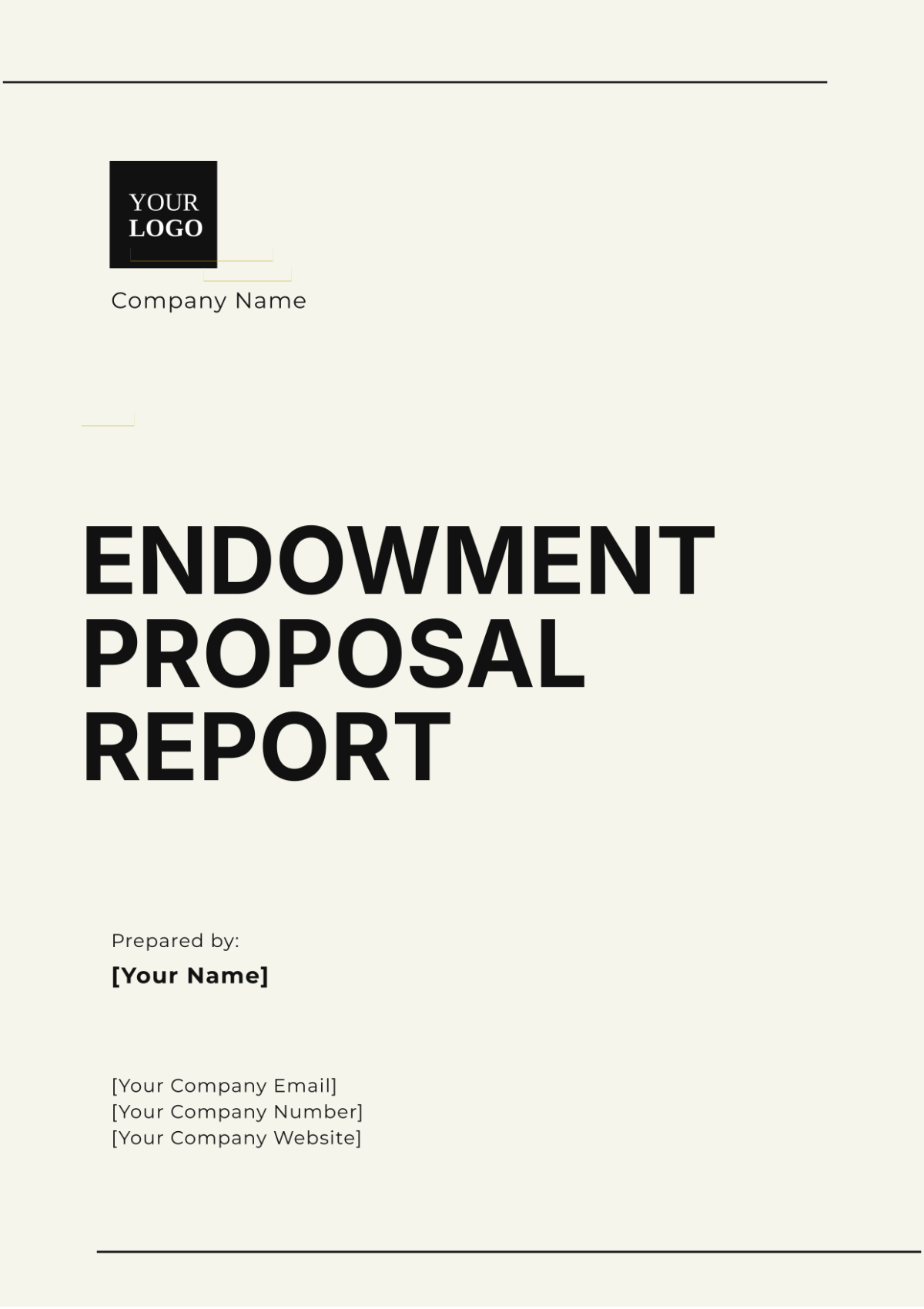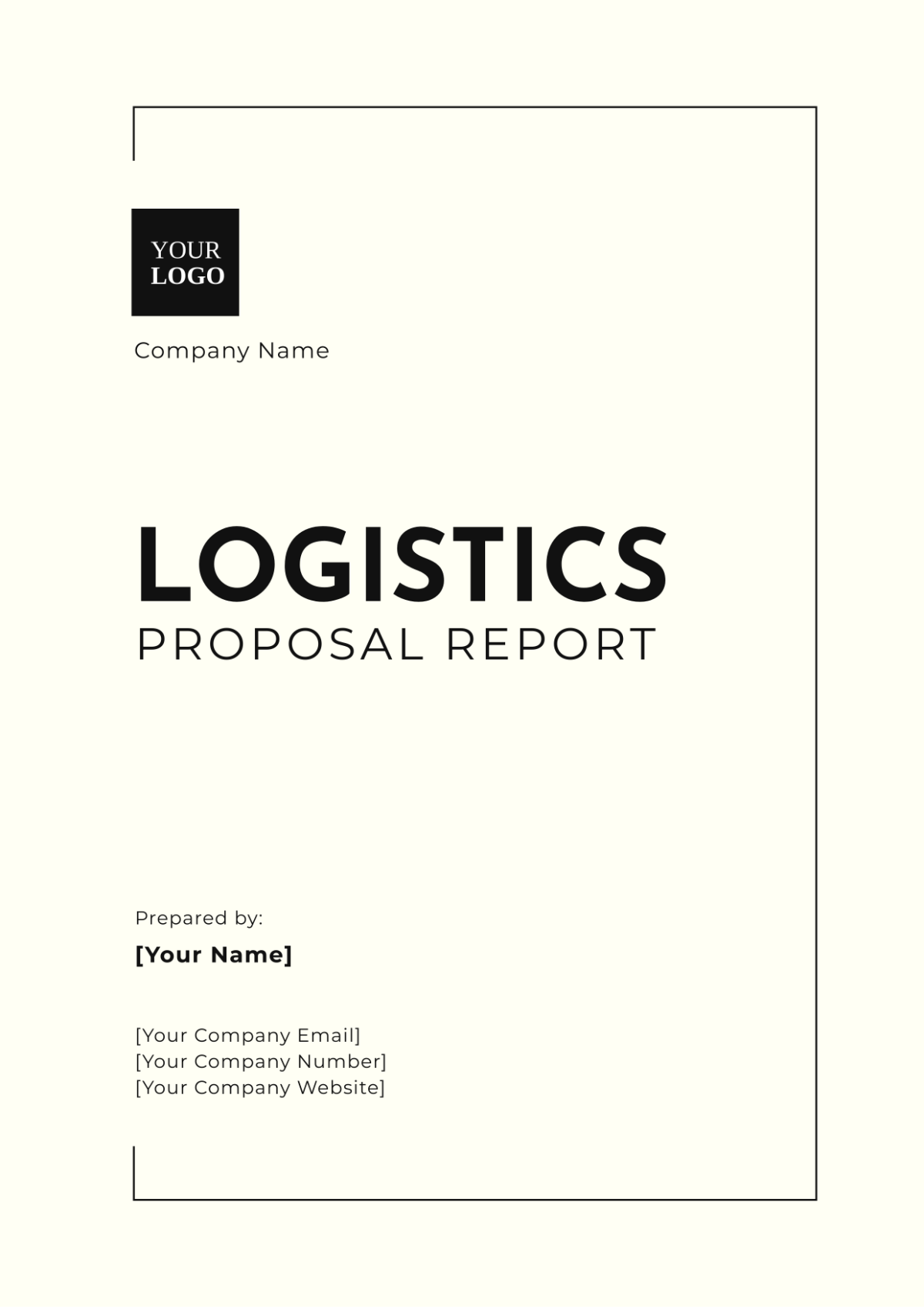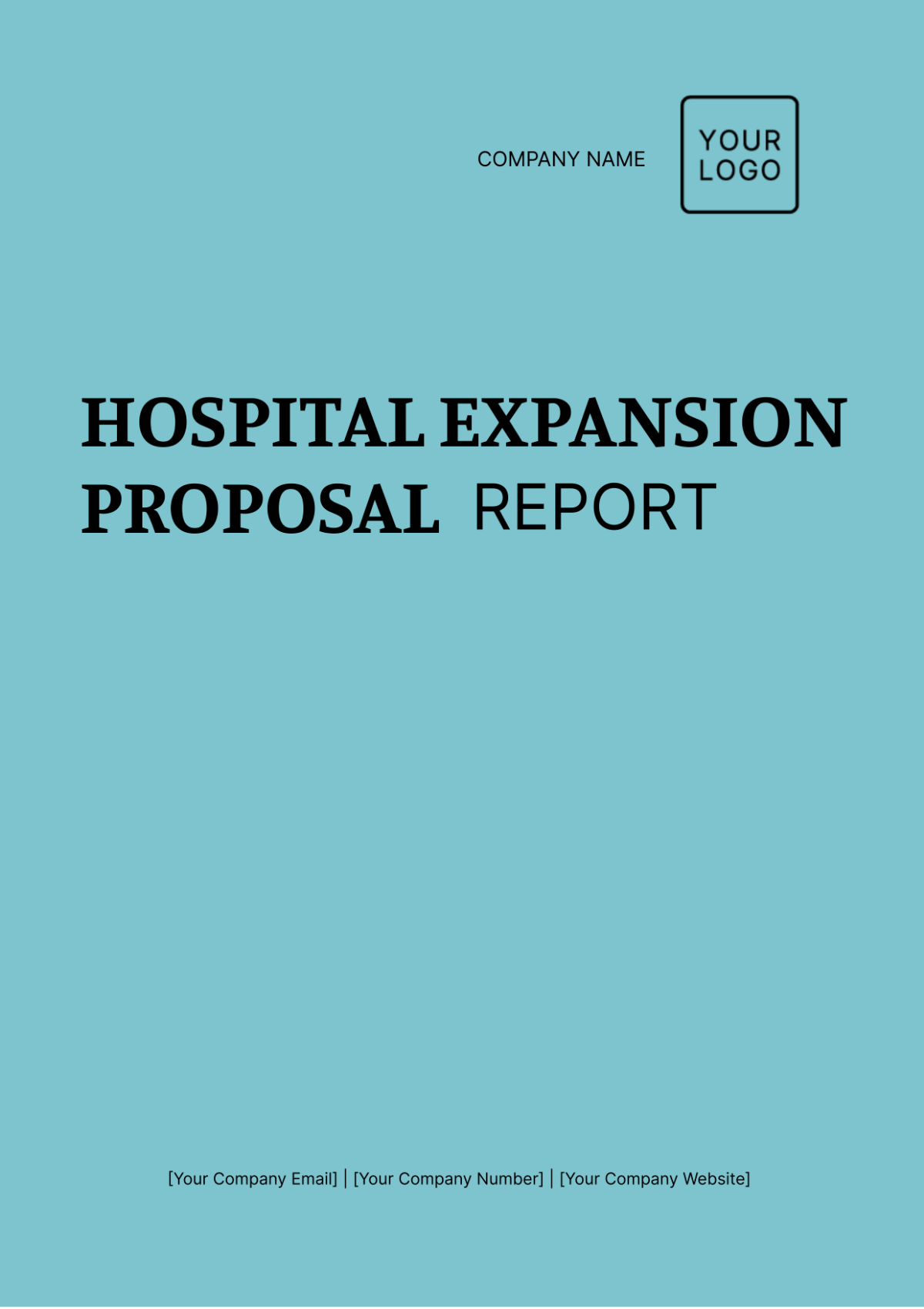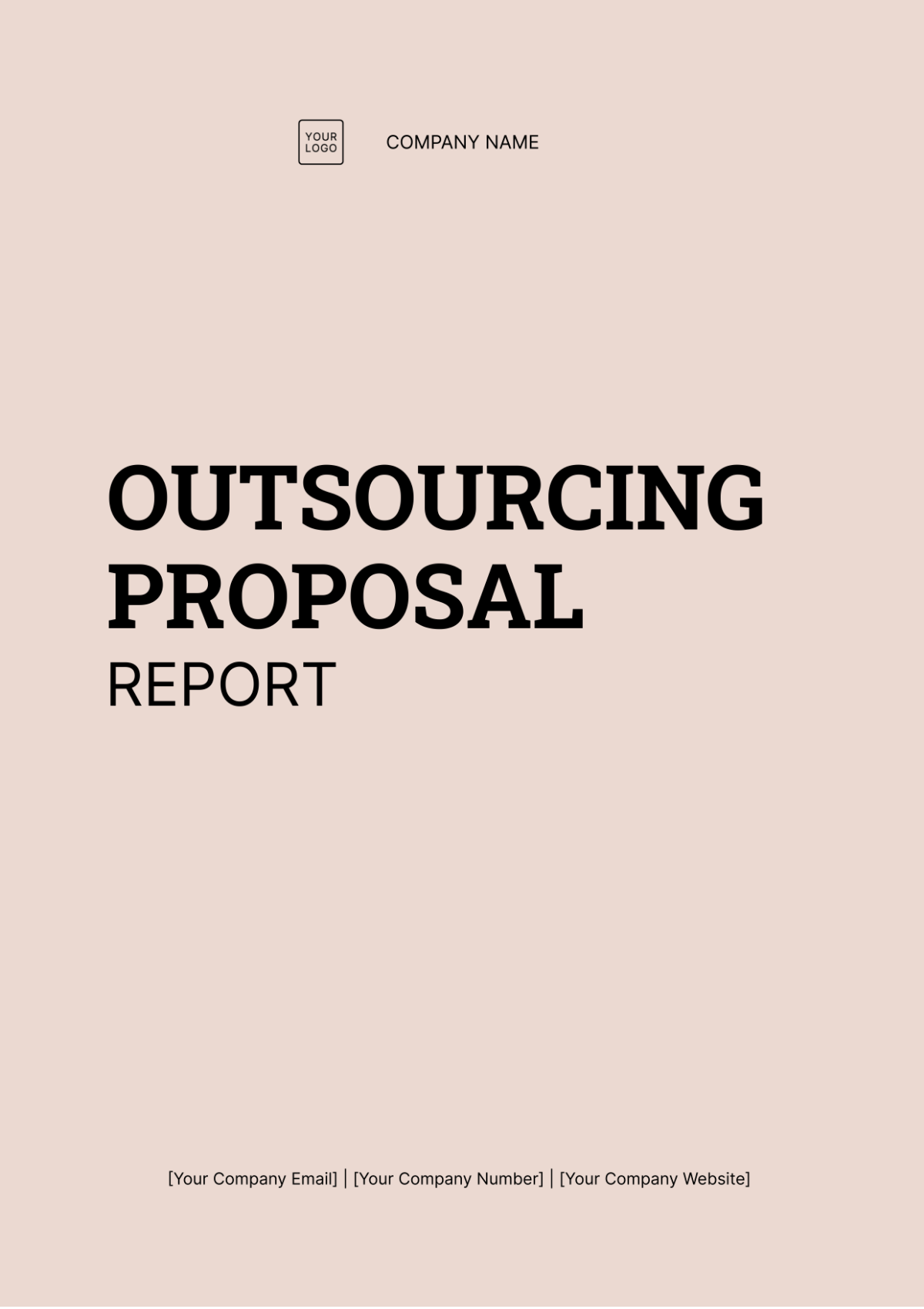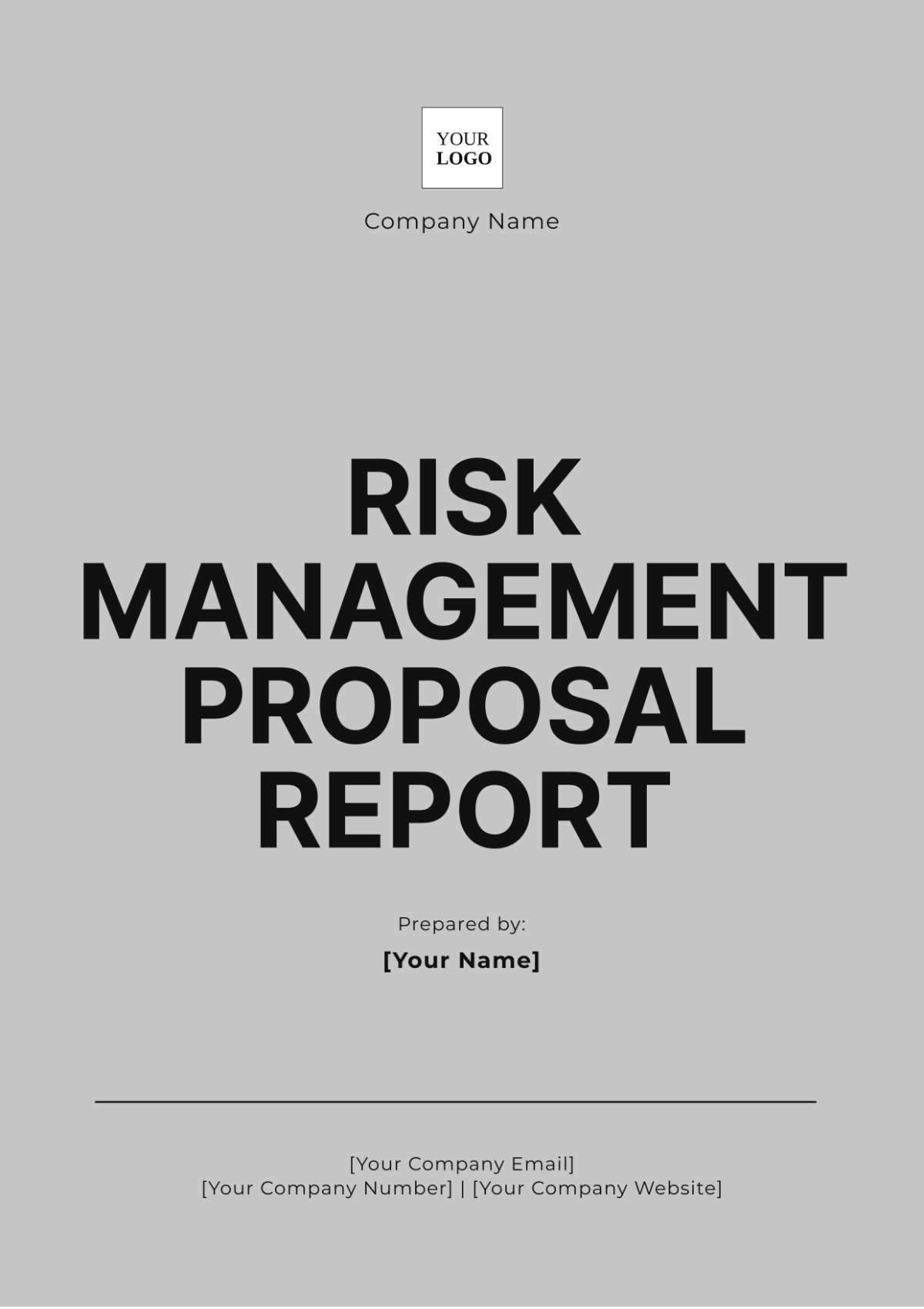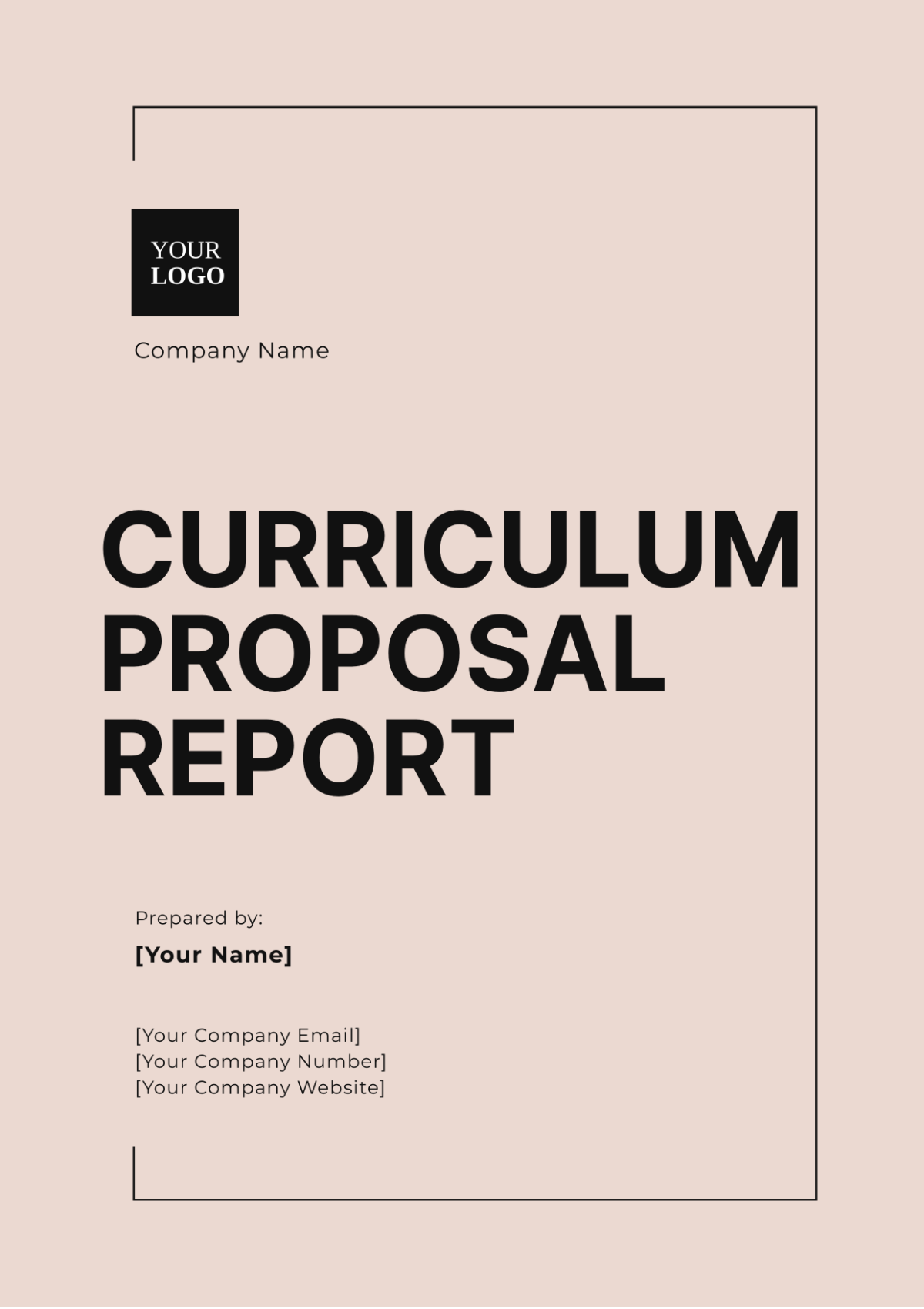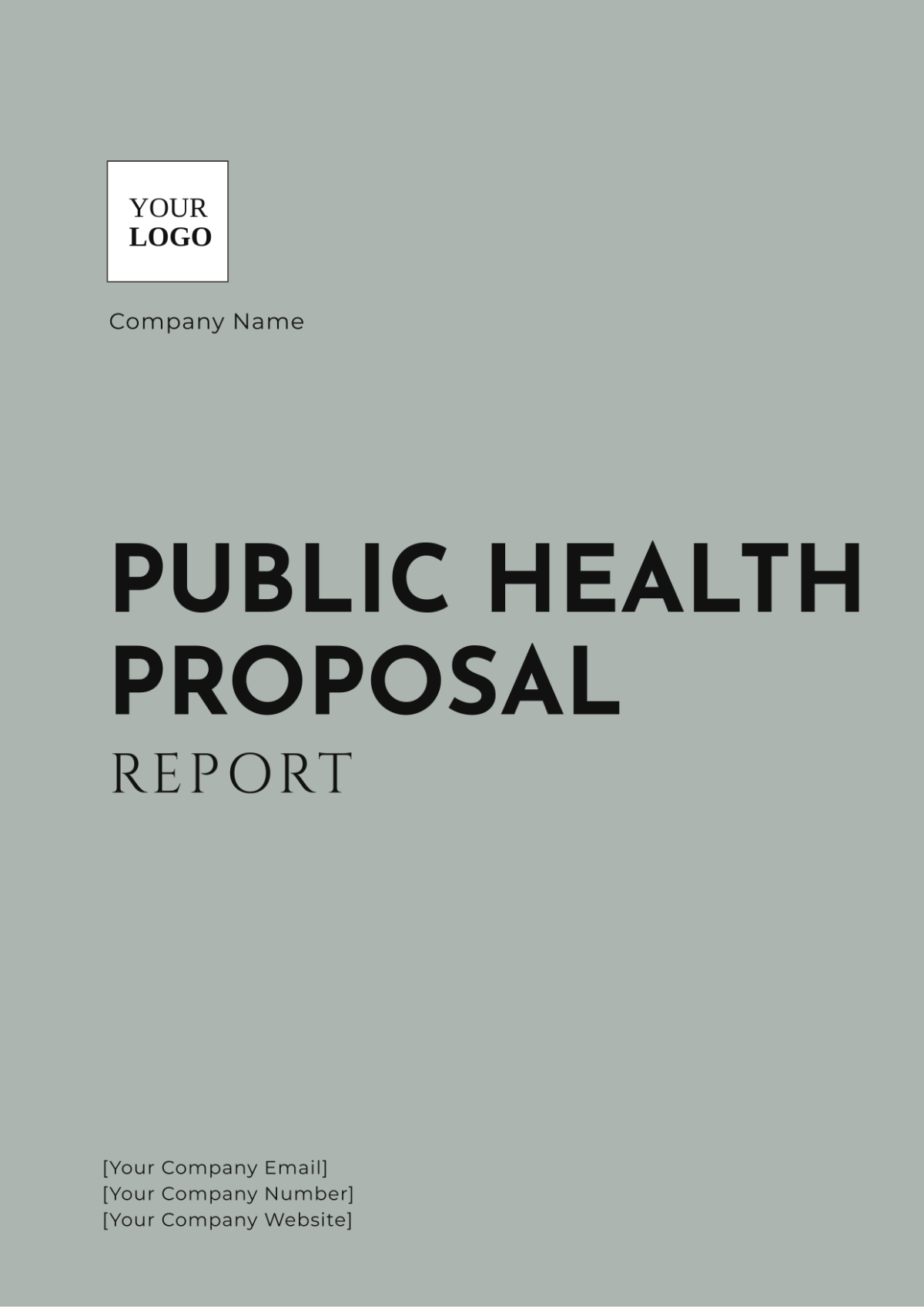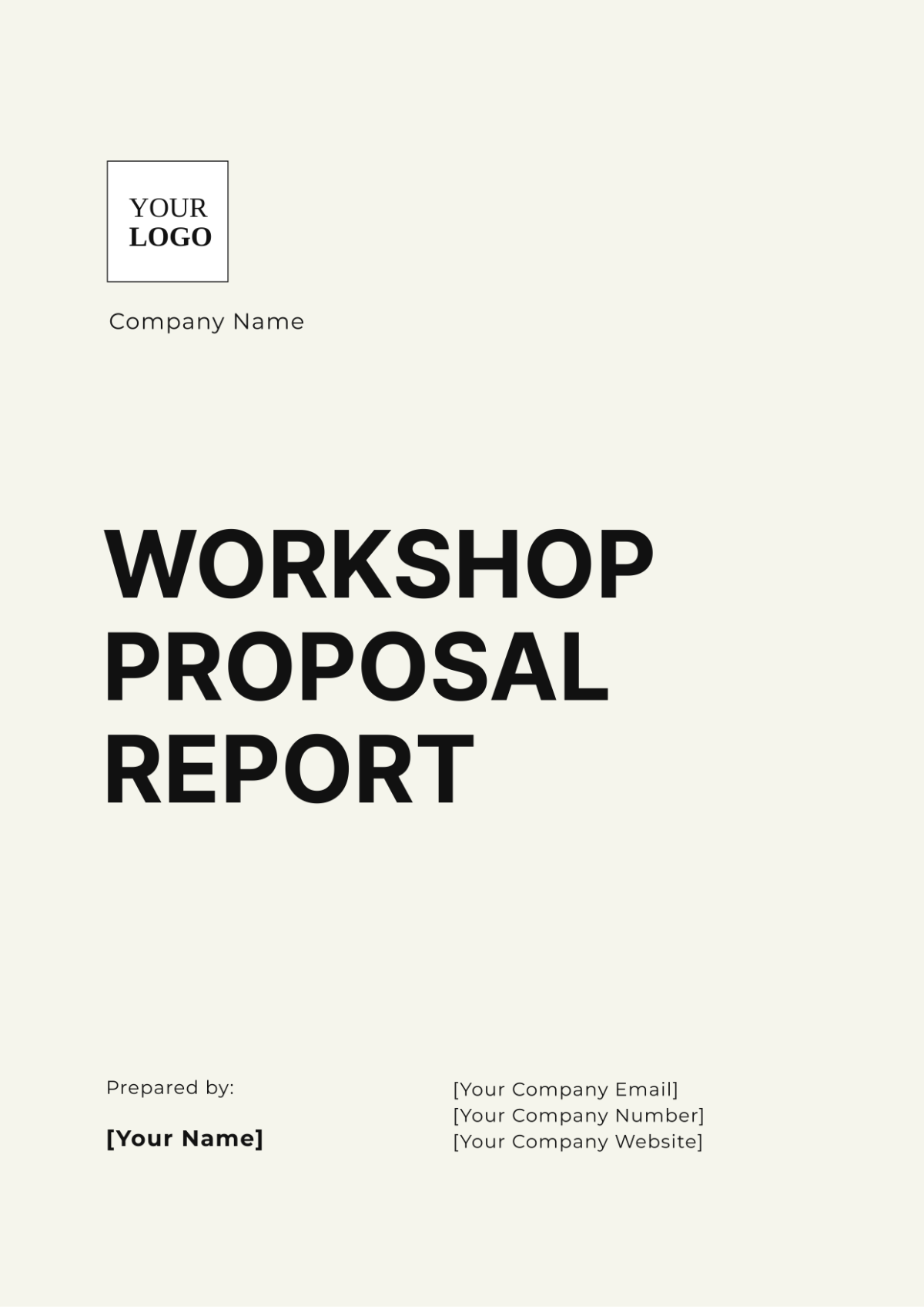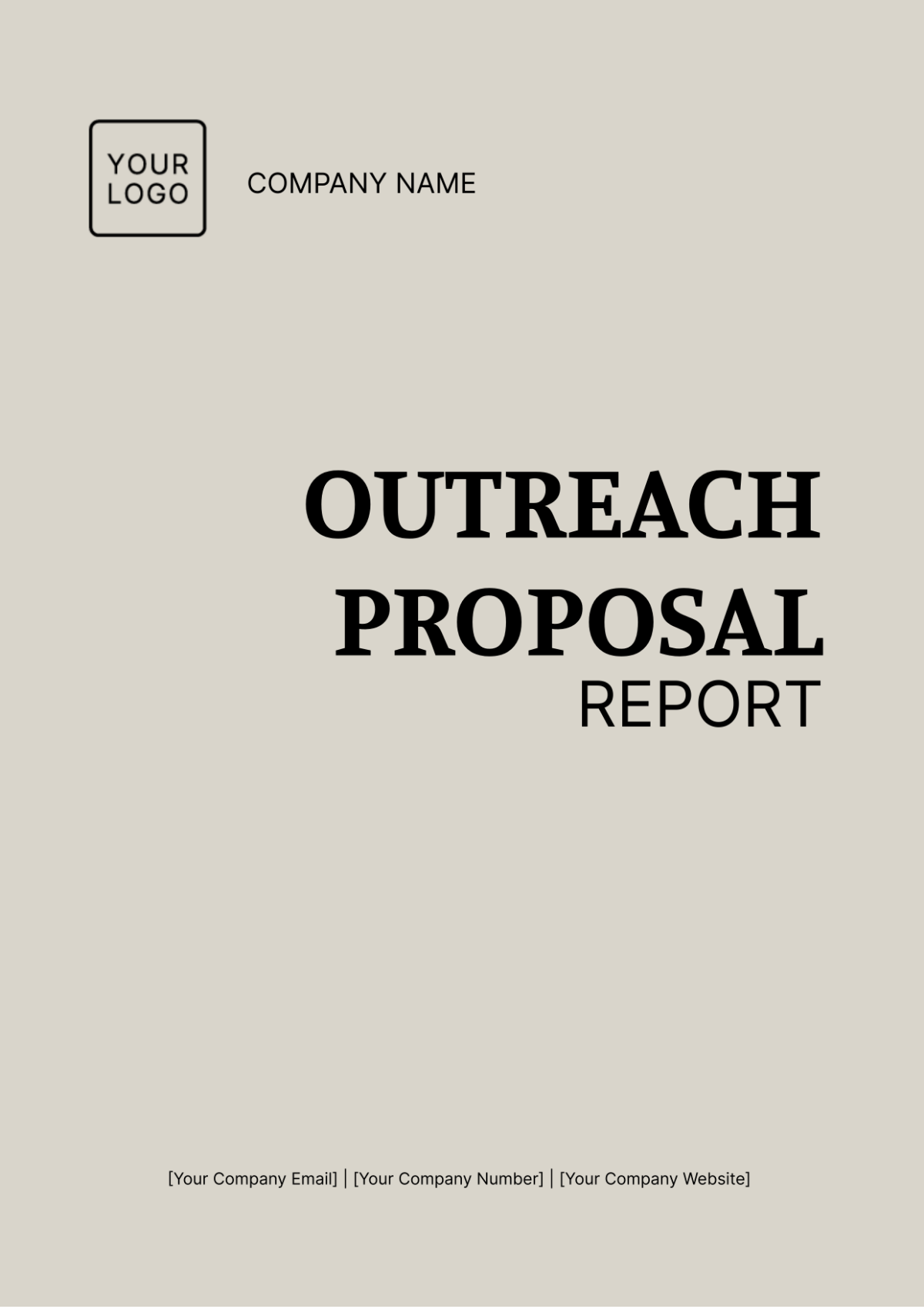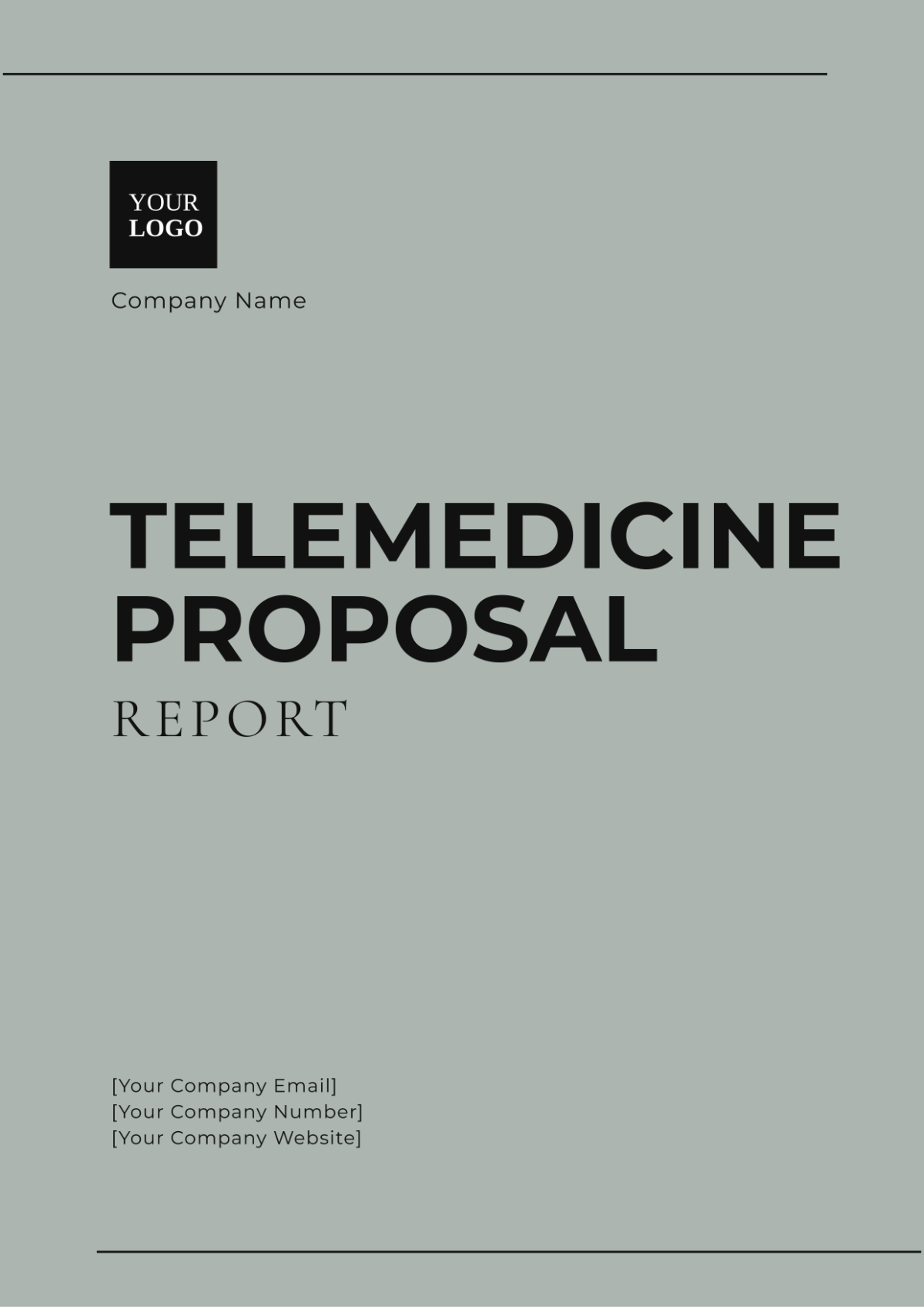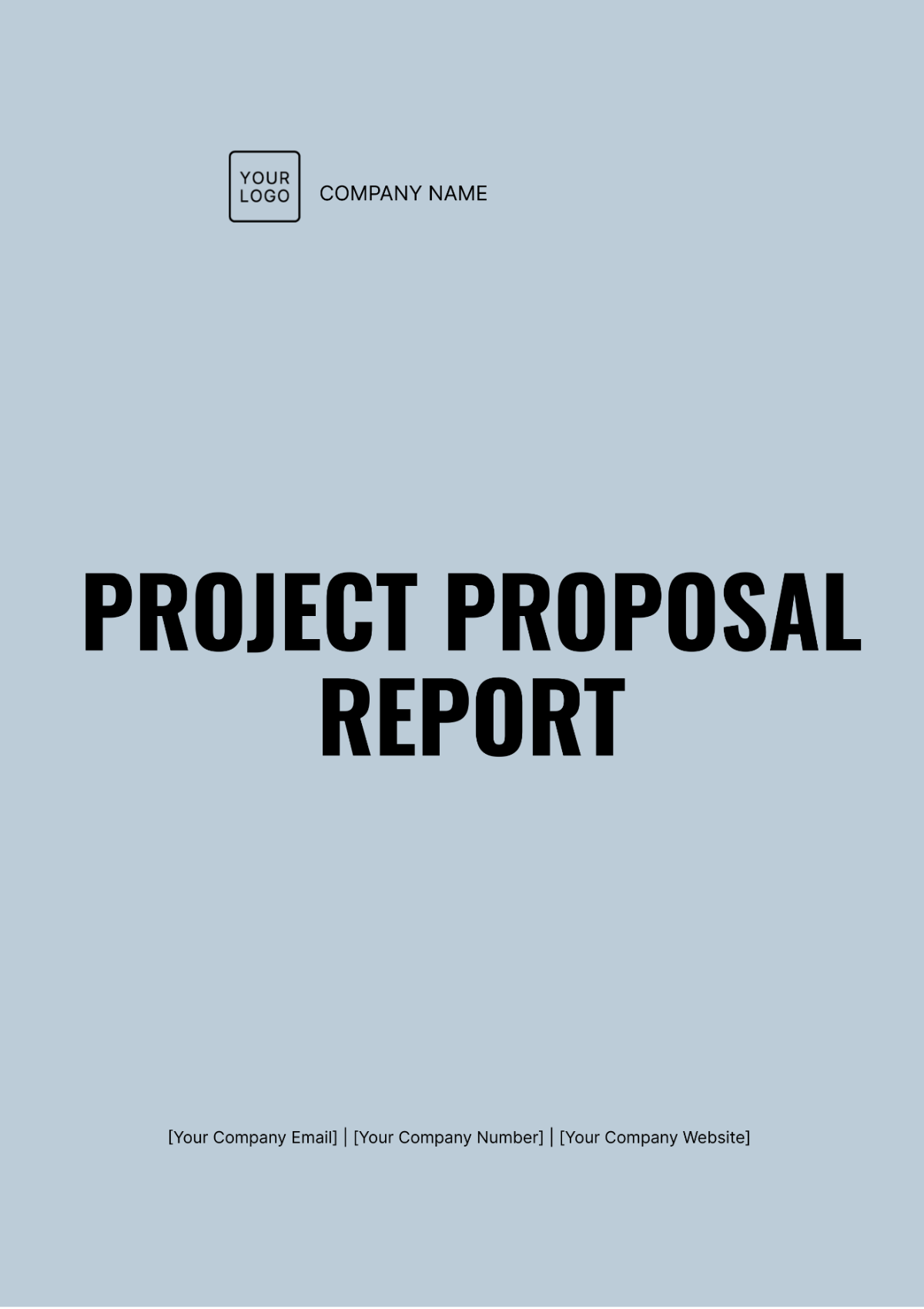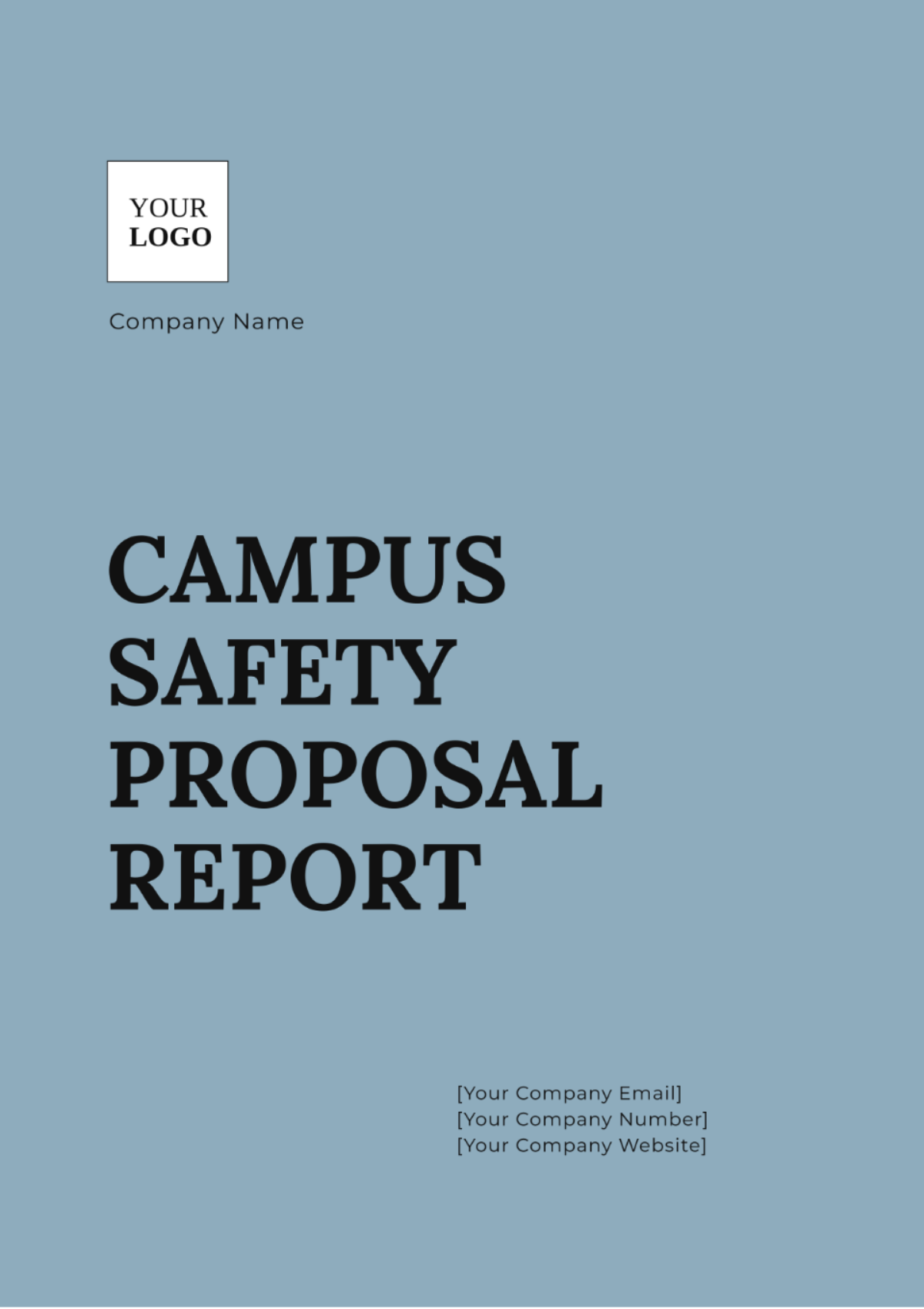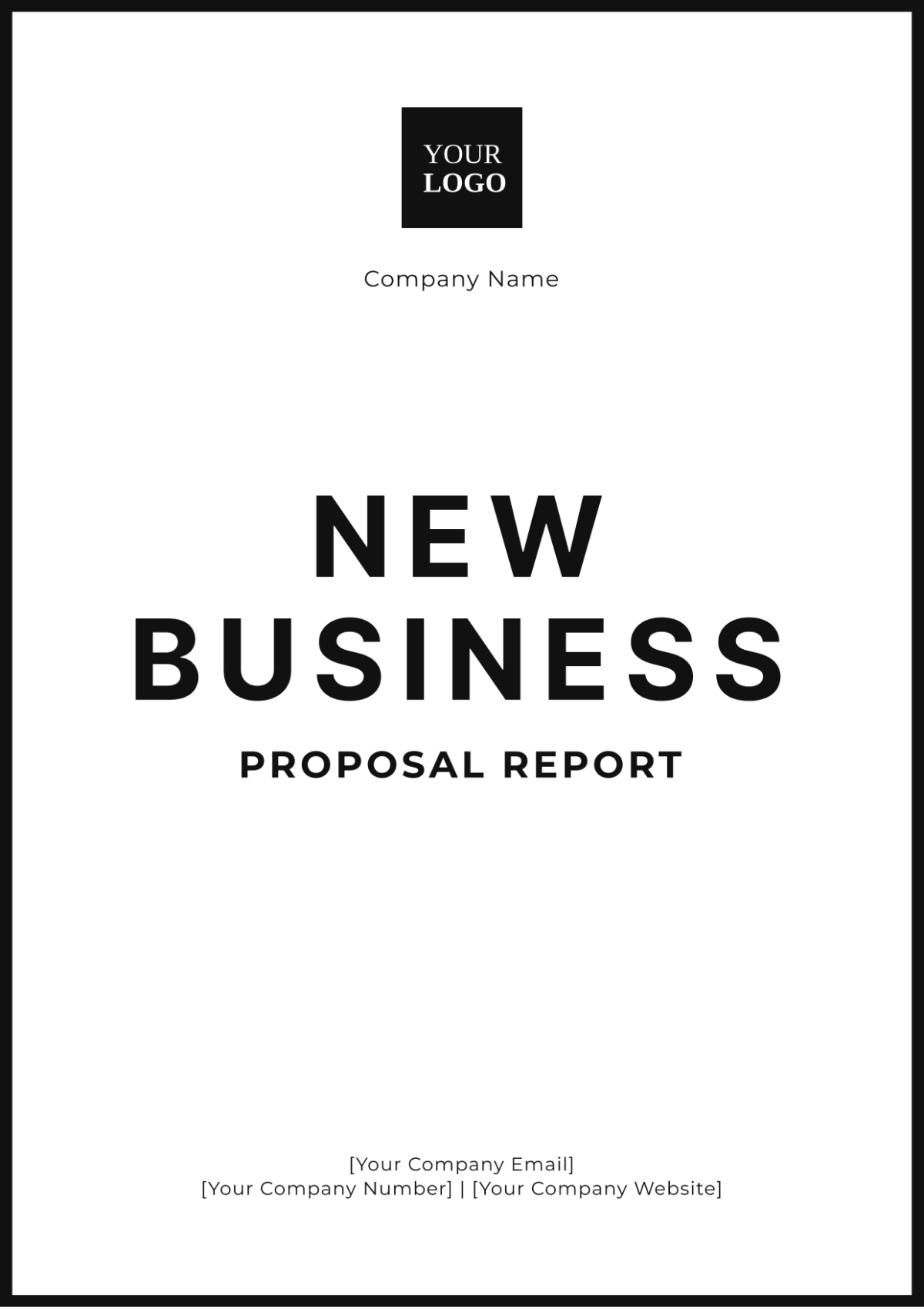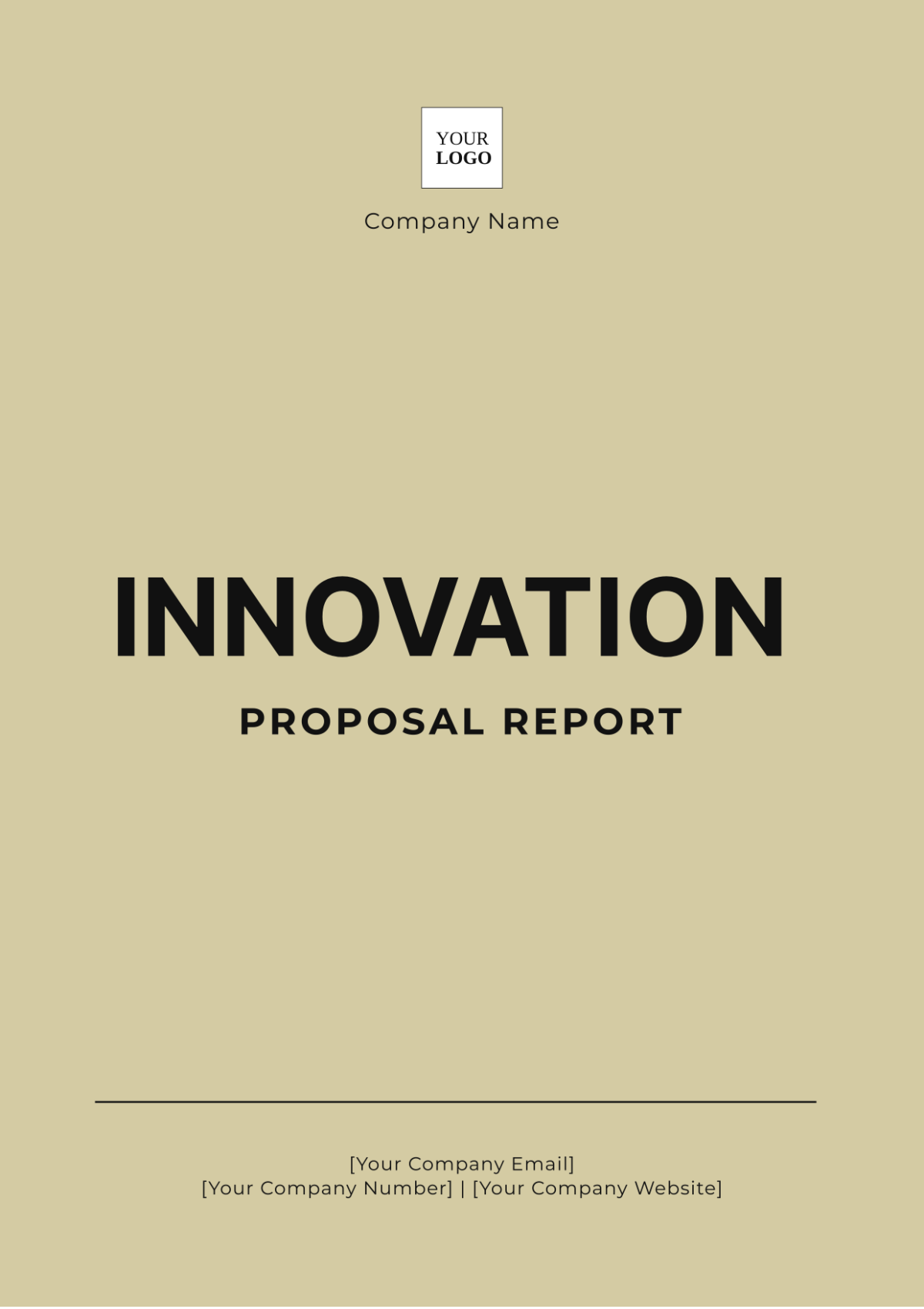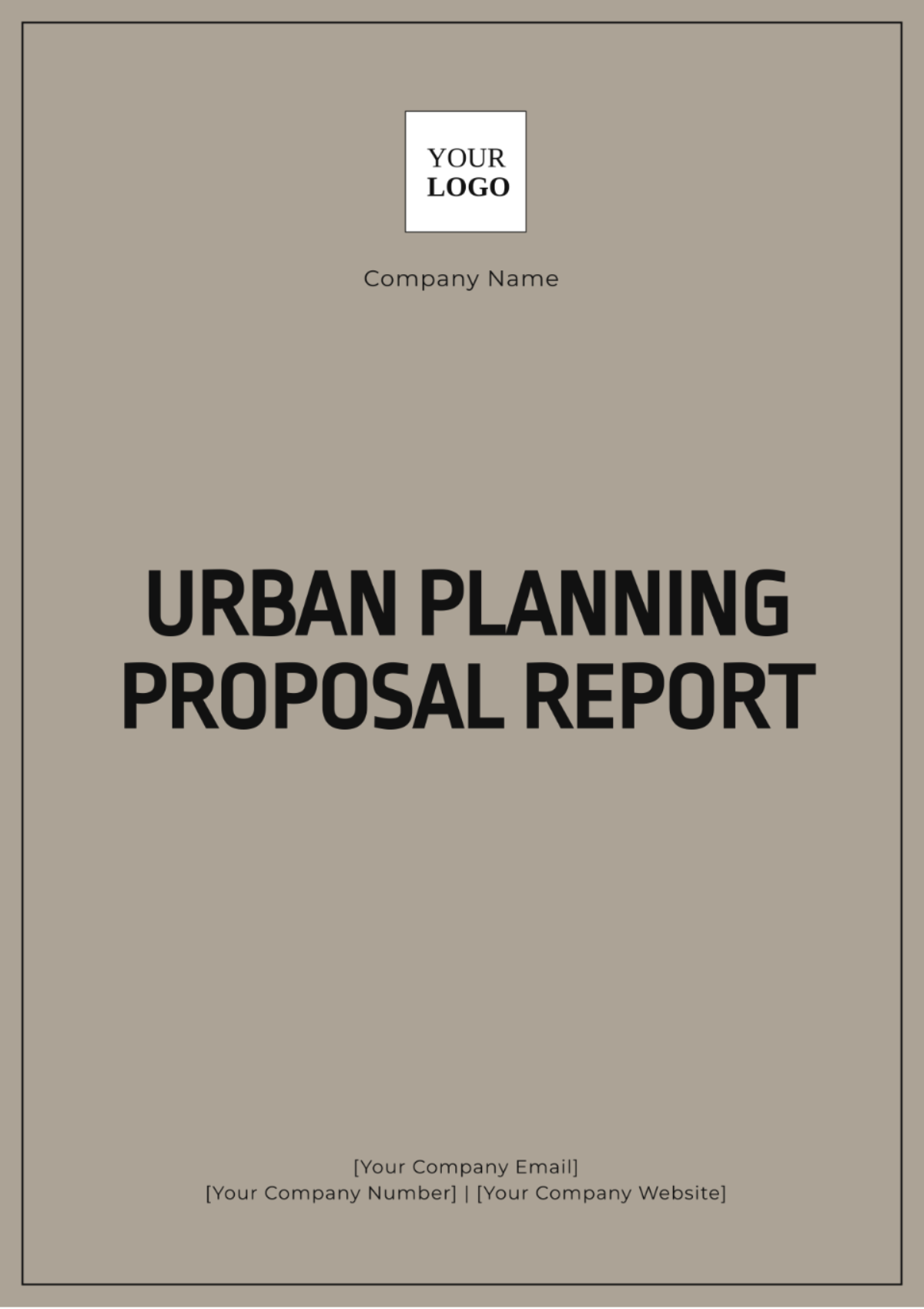Endowment Proposal Report
1. Executive Summary
This Endowment Proposal Report presents a plan to establish a $50 million endowment fund aimed at securing the future of [Your Company Name]. The fund will support key strategic initiatives, enhance financial stability, and foster long-term growth. This document provides an overview of the endowment's vision, financial projections, management strategy, and anticipated impact, offering potential donors a clear understanding of the proposal's scope and benefits.
2. Introduction
2.1 Purpose of the Endowment
Objective: To create a sustainable funding source that will ensure financial stability and support strategic initiatives for our organization over the long term.
Benefits: The endowment will provide consistent revenue, allowing the organization to undertake new projects, expand existing programs, and weather financial fluctuations.
2.2 Background Information
Organization Overview: Our organization is a leading entity in advancing educational opportunities for underserved communities. Over the past 50 years, we have achieved significant milestones, including the development of over 100 educational programs and the establishment of several scholarship funds.
Current Financial Status: As of 2050, the organization operates with an annual budget of $25 million, supported by a diverse range of funding sources including grants, donations, and program revenues. Our current financial reserves total $8 million.
3. Donor’s Vision and Objectives
3.1 Vision Statement
Long-term Goals: To secure $50 million in endowment funding, enabling our organization to maintain and expand its impact. This will support groundbreaking research, enhance community programs, and ensure the organization’s future sustainability.
Strategic Importance: Aligns with our vision to become a pioneer in educational outreach, ensuring we can deliver high-quality programs and services consistently.
3.2 Objectives
A. Primary Objectives:
Achieve financial sustainability and independence.
Expand research and community outreach by 30% within the next decade.
Strengthen organizational capacity and infrastructure.
B. Specific Initiatives:
Development of new research facilities focused on educational innovation.
Expansion of educational outreach programs to rural and underserved areas.
Upgrading technology and infrastructure to support digital learning initiatives.
4. Financial Projections
4.1 Initial Funding
Proposed Amount: $50 million.
Funding Breakdown:
Administrative Costs: $3 million.
Program Development: $40 million.
Contingency Fund: $7 million.
4.2 Financial Projections
Year | Projected Income | Projected Expenditures | Net Growth |
|---|---|---|---|
2051 | $6,000,000 | $2,500,000 | $3,500,000 |
2052 | $6,600,000 | $3,000,000 | $3,600,000 |
2053 | $7,200,000 | $3,500,000 | $3,700,000 |
Assumptions: Includes a 10% annual growth rate in income based on historical returns and increased donor engagement.
Risk Factors: Economic volatility, changes in investment returns, potential shifts in donor priorities.
5. Management Plan
5.1 Governance Structure
Steering Committee: Includes the Board Chair, CFO, Chief Investment Officer, and two external financial advisors. Responsibilities include overseeing investment strategies, approving budget allocations, and ensuring alignment with organizational goals.
Decision-Making Process: Monthly meetings for performance review, strategic adjustments, and major expenditure approvals.
5.2 Management Strategies
Investment Strategy: Diversified portfolio with a mix of equities, fixed income, real estate, and alternative investments. Targeting a 7% average annual return.
Monitoring and Evaluation: Quarterly performance reviews, annual audits, and regular progress reports to stakeholders.
6. Impact Assessment
6.1 Expected Outcomes
Programmatic Impact:
Increase in research output by 35% due to enhanced funding and facilities.
Expanded community outreach programs reaching 40% more individuals.
Organizational Benefits:
Improved financial stability and reduced dependence on external funding.
Enhanced capacity to innovate and respond to emerging challenges.
6.2 Evaluation Metrics
Key Performance Indicators (KPIs):
Number of research projects initiated and completed.
Community engagement metrics, including participant numbers and feedback.
Financial health indicators such as endowment growth and return on investment.
Reporting Procedures: Annual impact reports, including detailed assessments of financial performance and program outcomes.
7. Recognition and Stewardship
7.1 Recognition Plan
Acknowledgment: Public recognition through press releases, annual reports, and special events. Opportunities for naming rights on endowment-related initiatives or facilities.
Naming Opportunities: Options to name the endowment or specific programs and facilities in honor of the donor.
7.2 Stewardship Practices
Regular Updates: Semi-annual updates on financial performance, program progress, and strategic developments.
Engagement Opportunities: Invitations to exclusive events, annual meetings with organizational leadership, and opportunities for direct involvement in strategic discussions.
8. Conclusion
The Endowment Proposal Report outlines a strategic plan for establishing a $50 million endowment fund, designed to secure the future of our organization. The endowment will provide crucial financial stability, support program expansion, and enhance organizational capacity. This proposal aims to engage potential donors by offering a clear and detailed understanding of the endowment's objectives, management strategies, and expected benefits.
